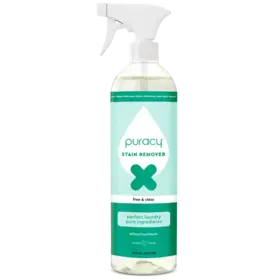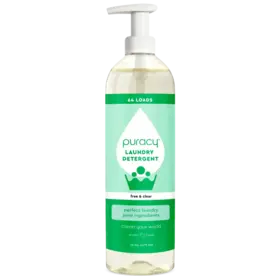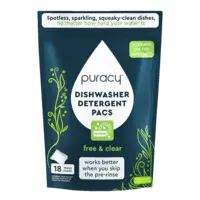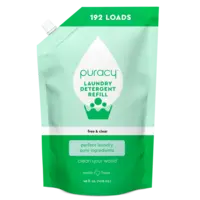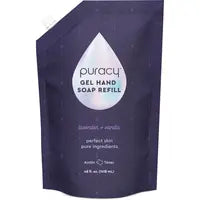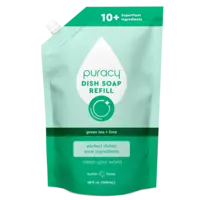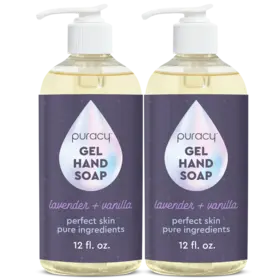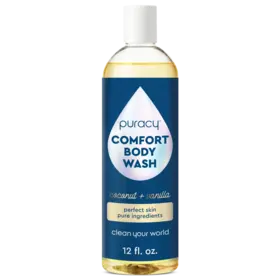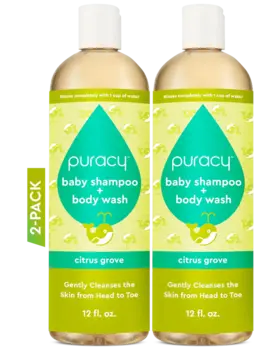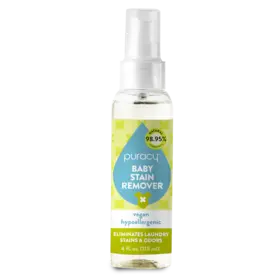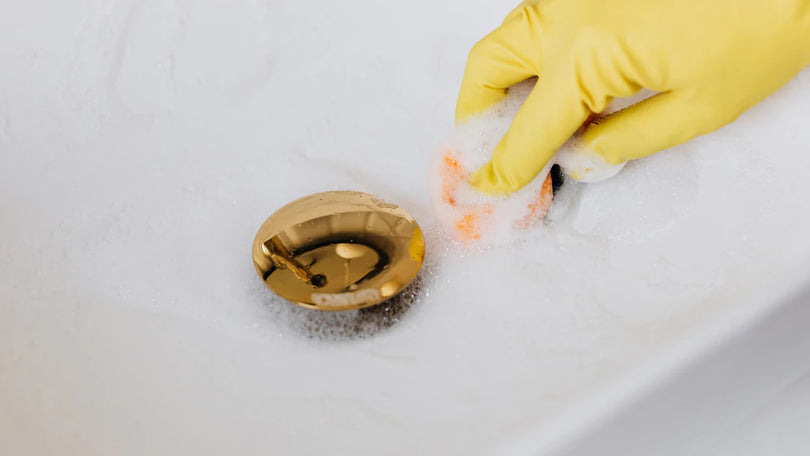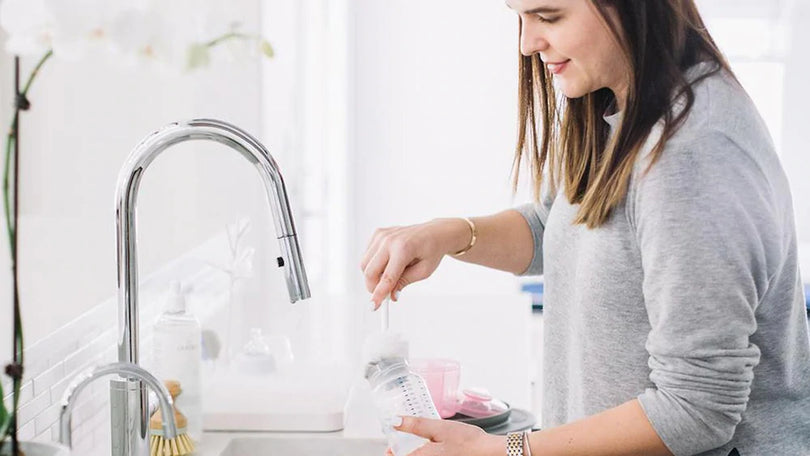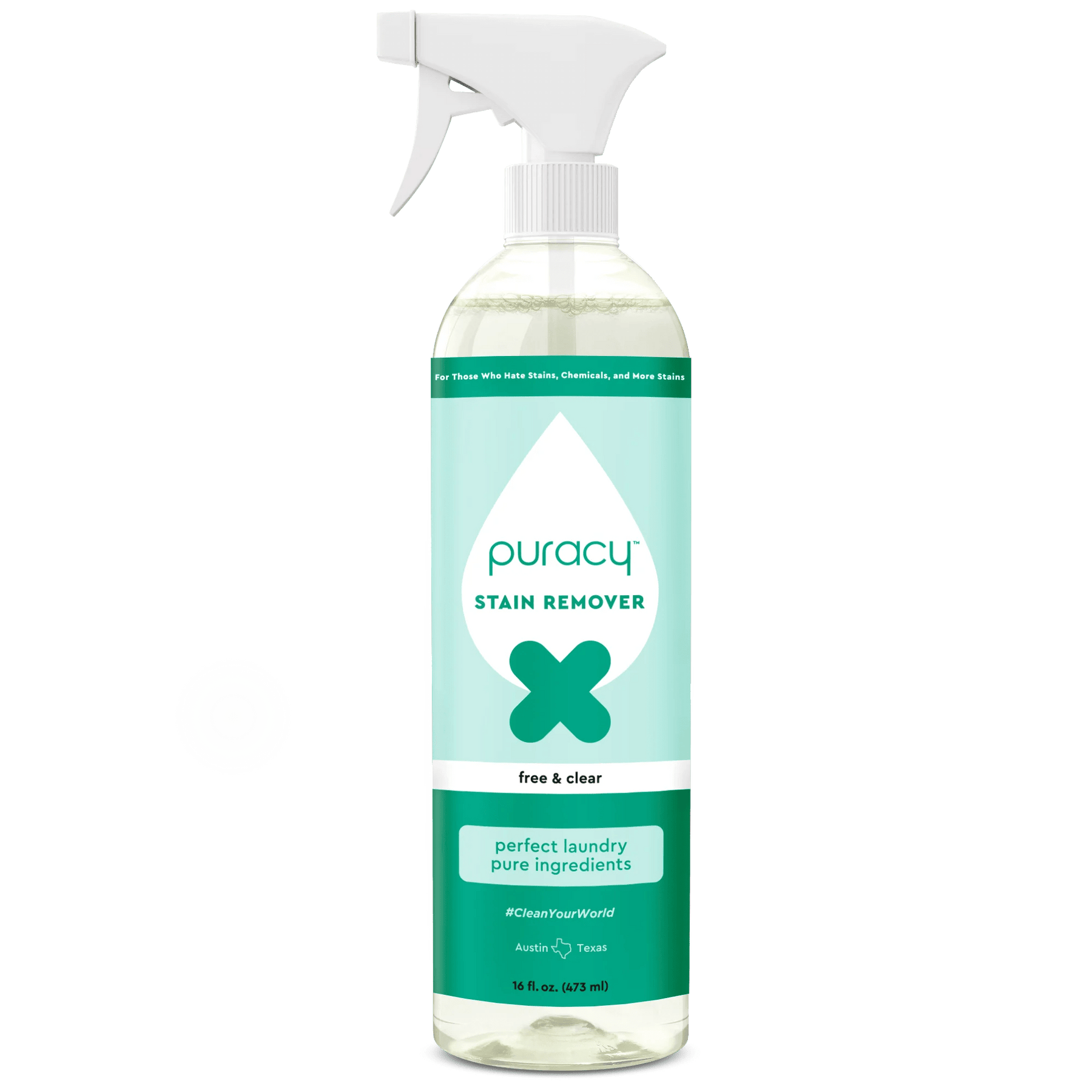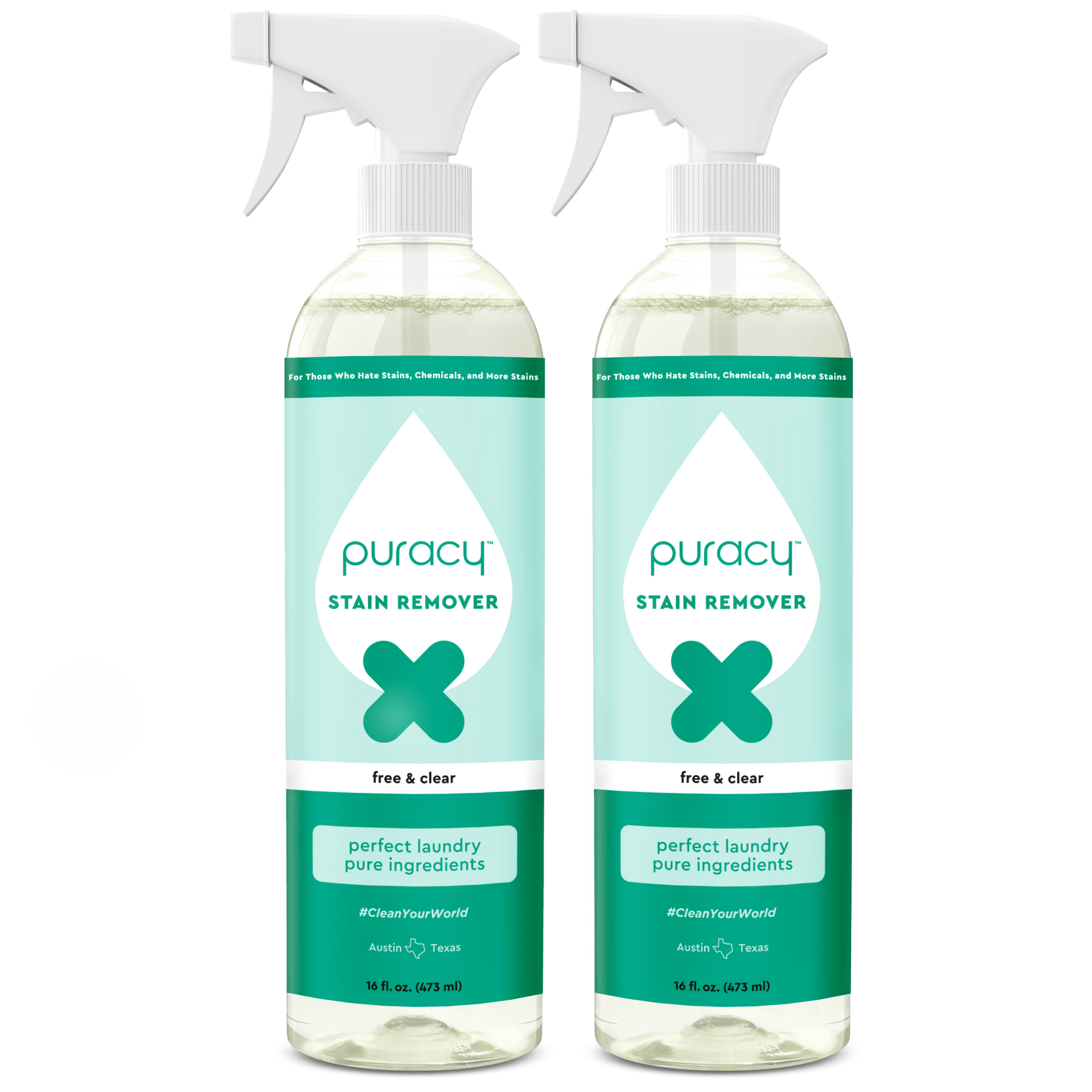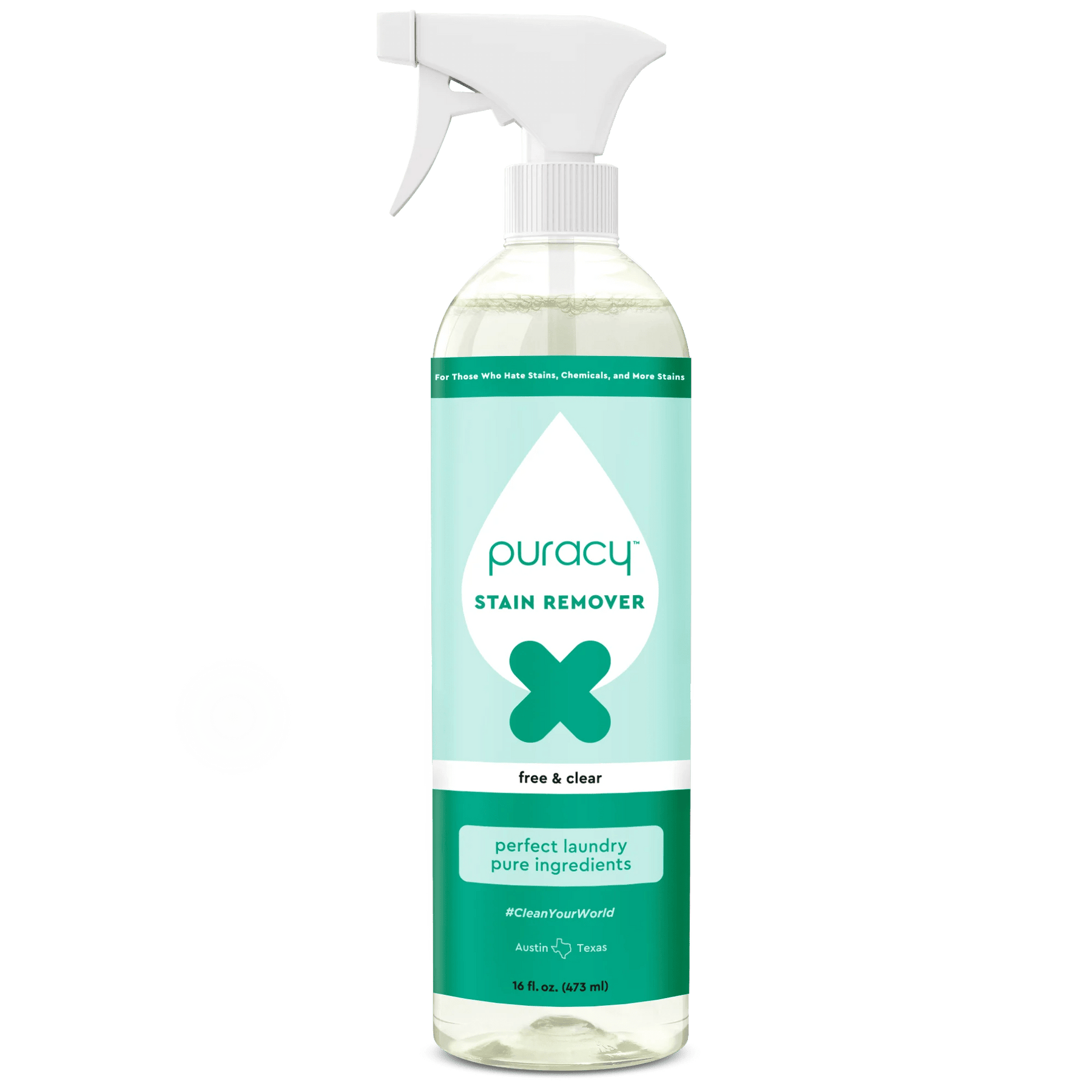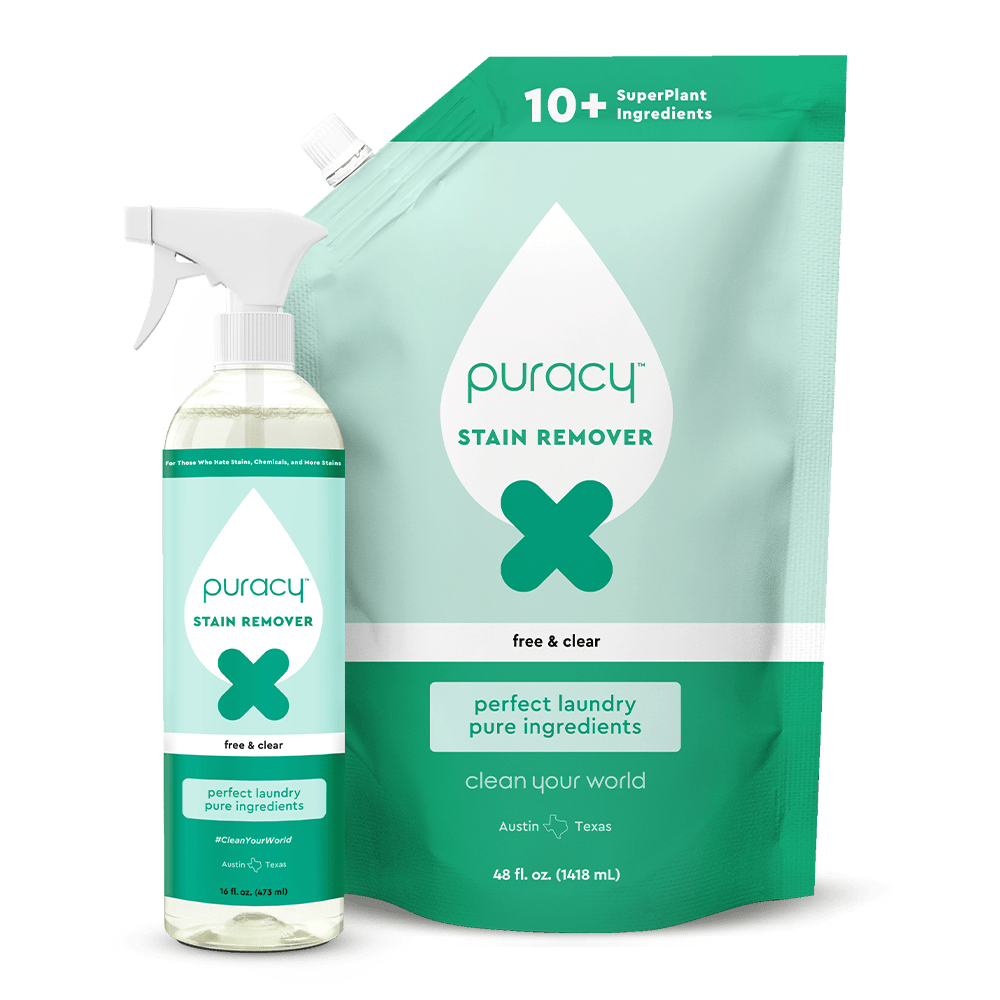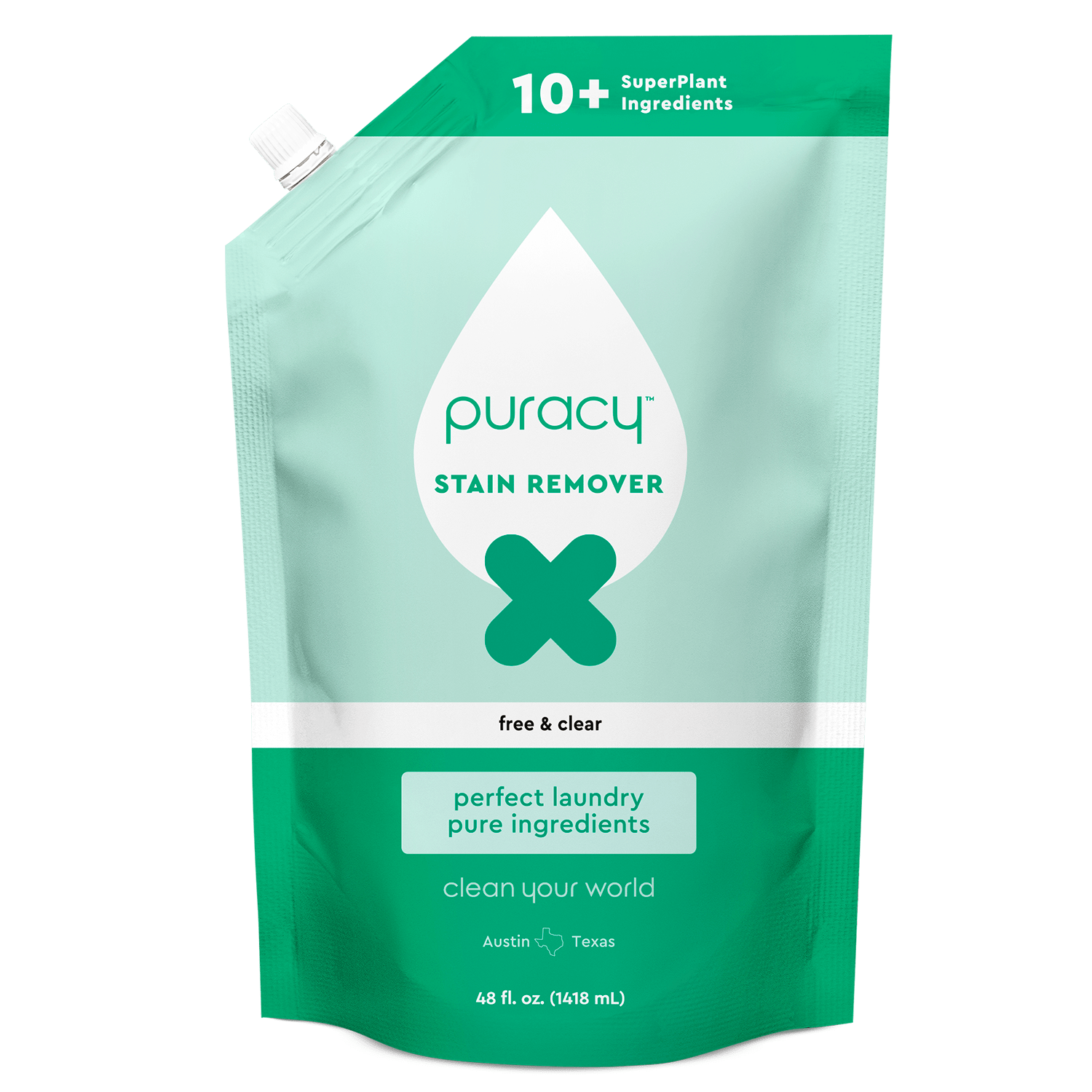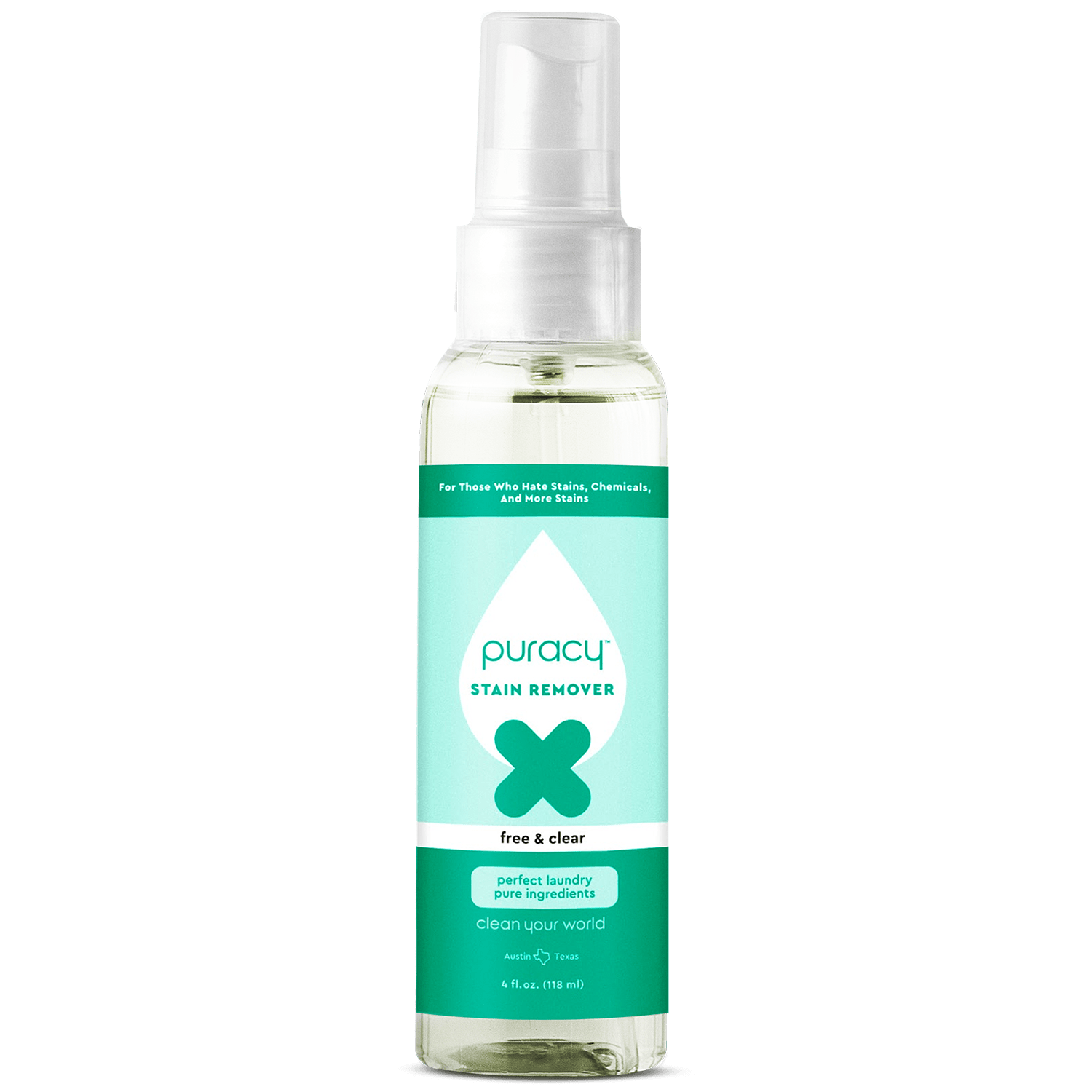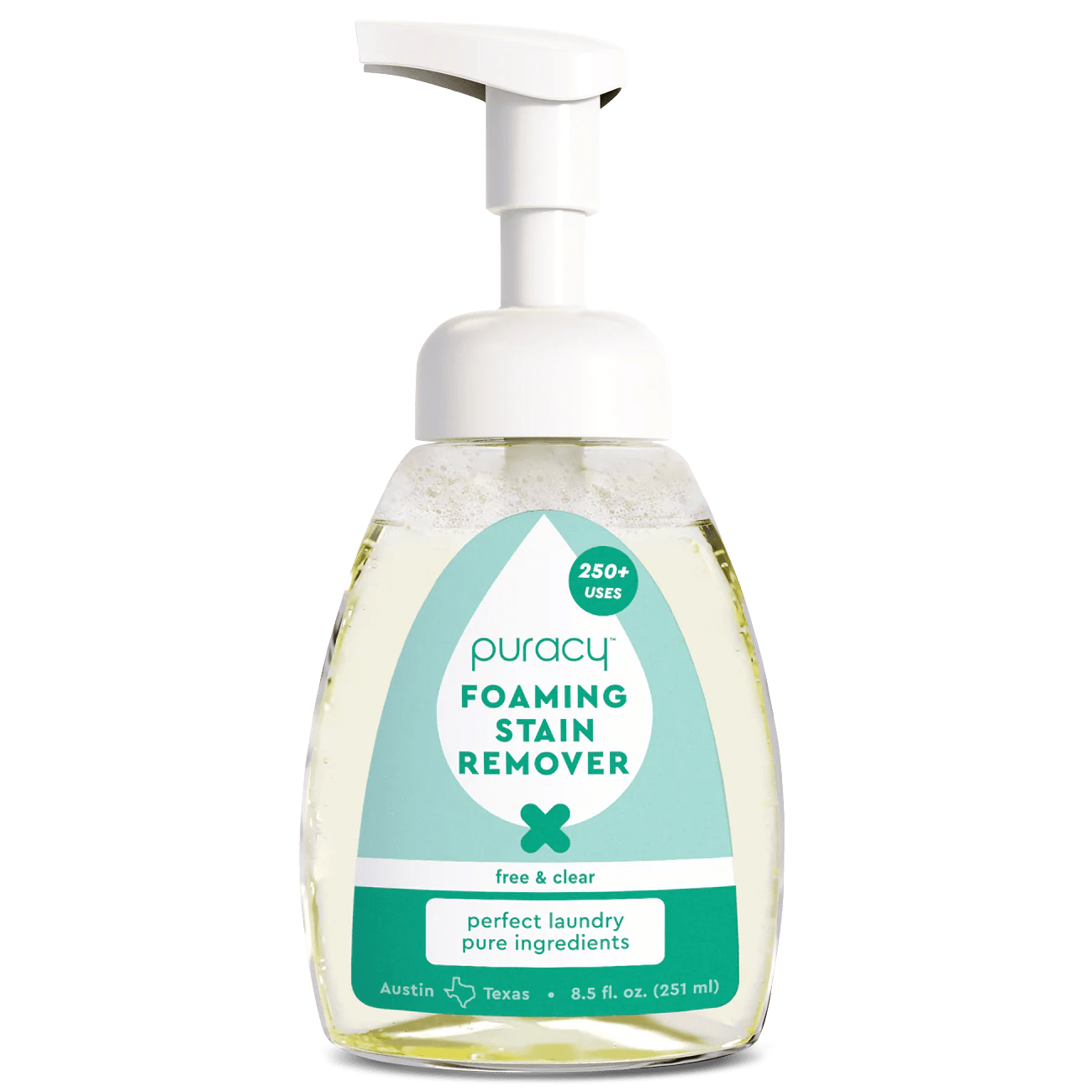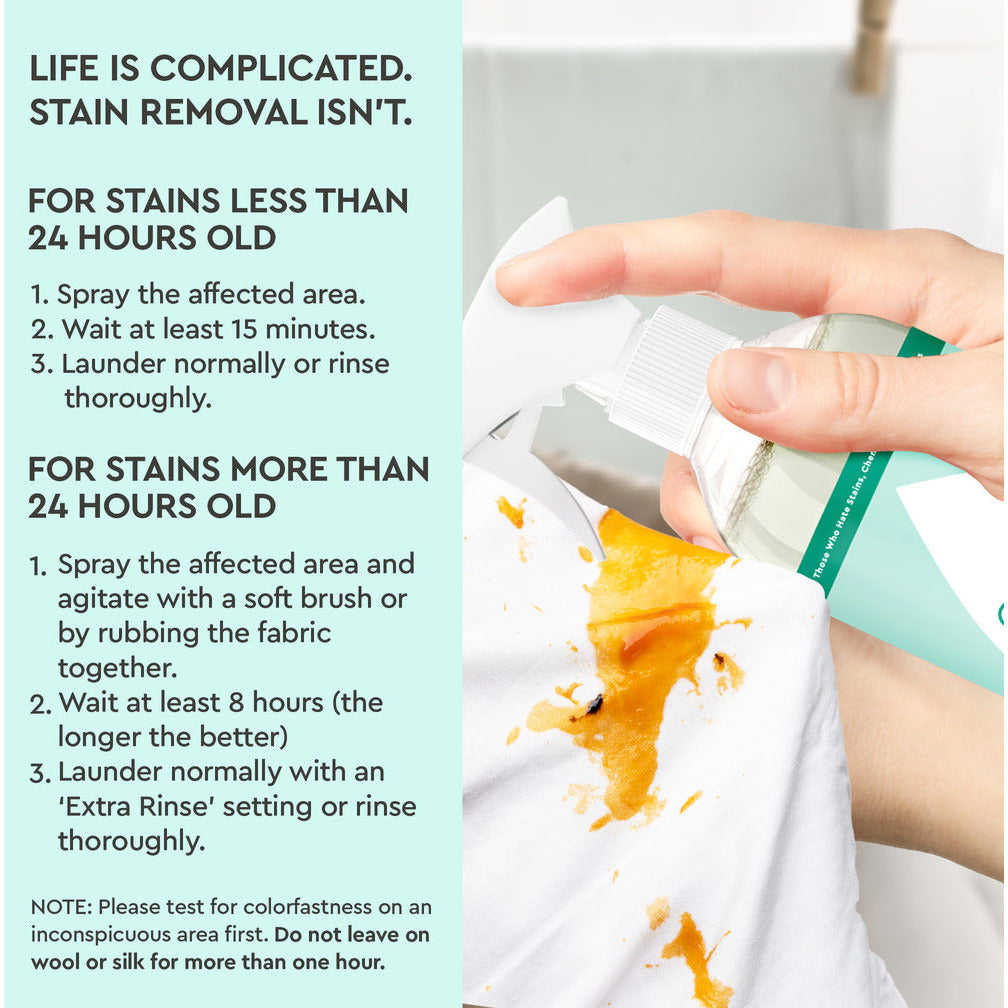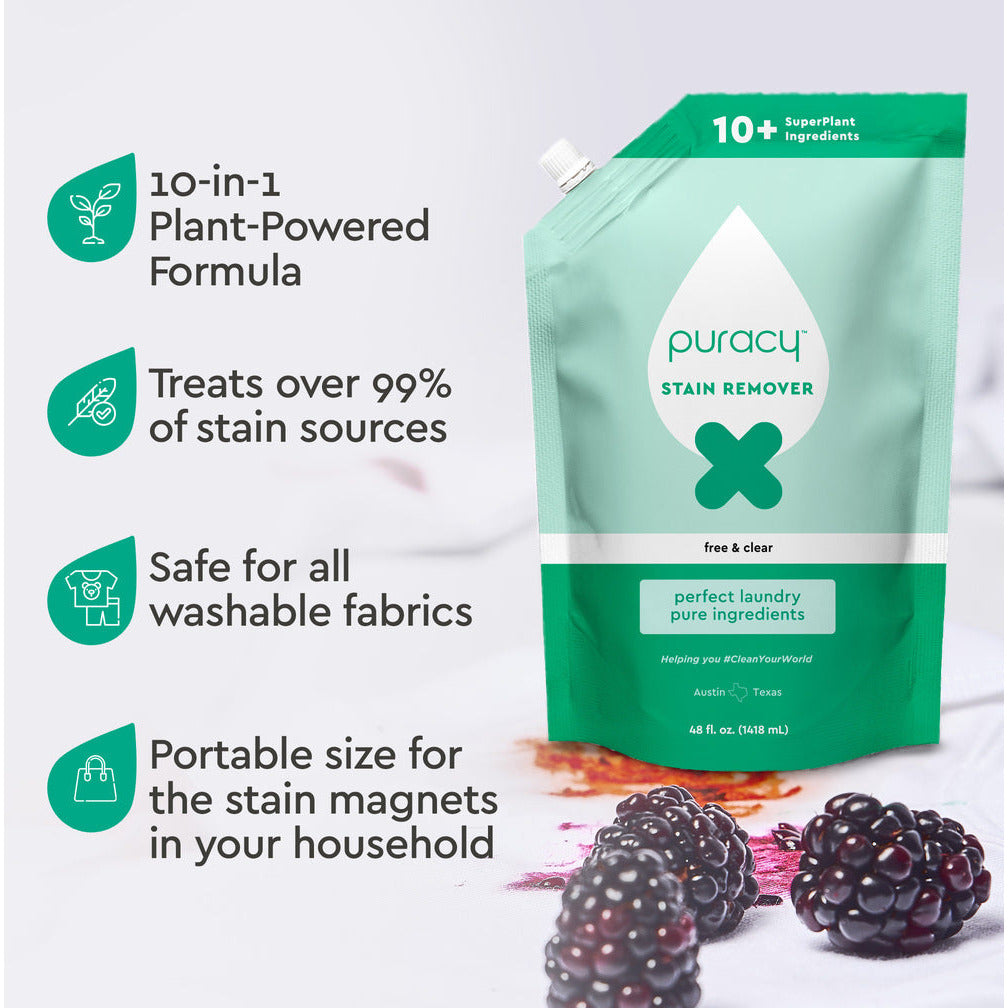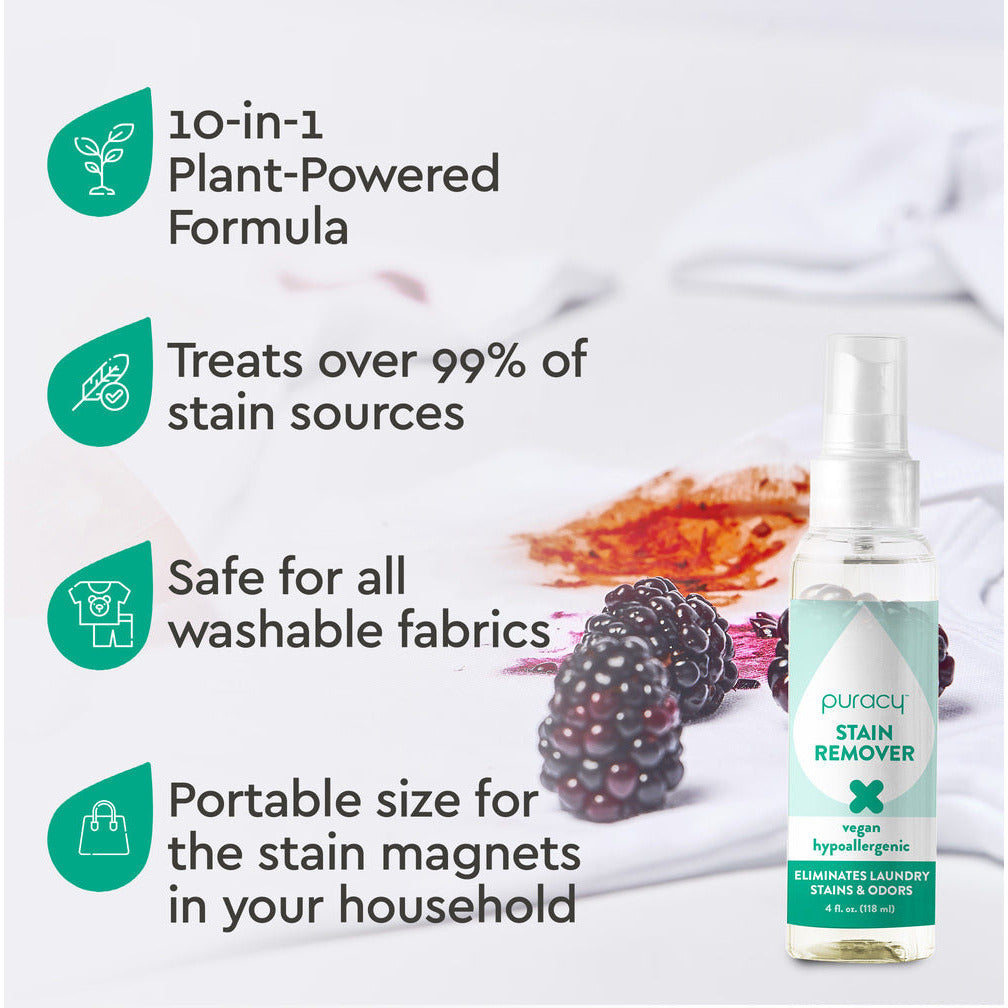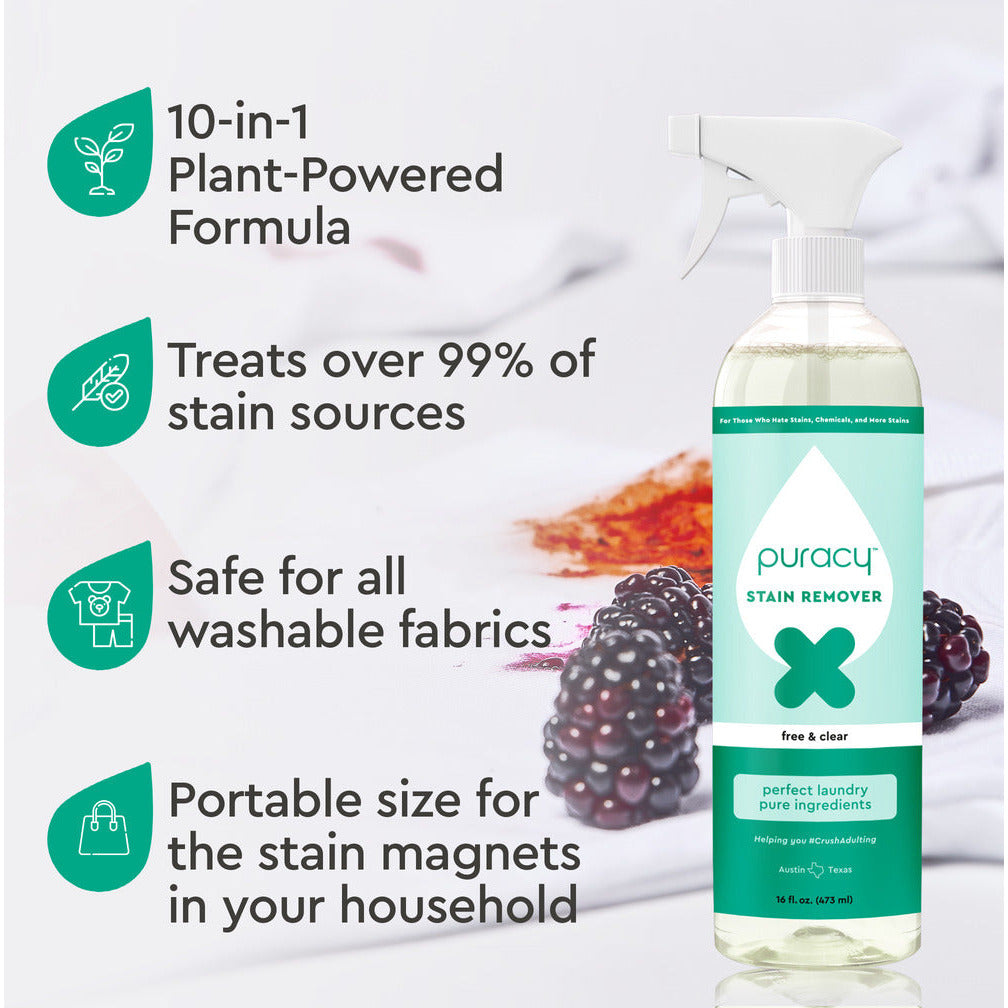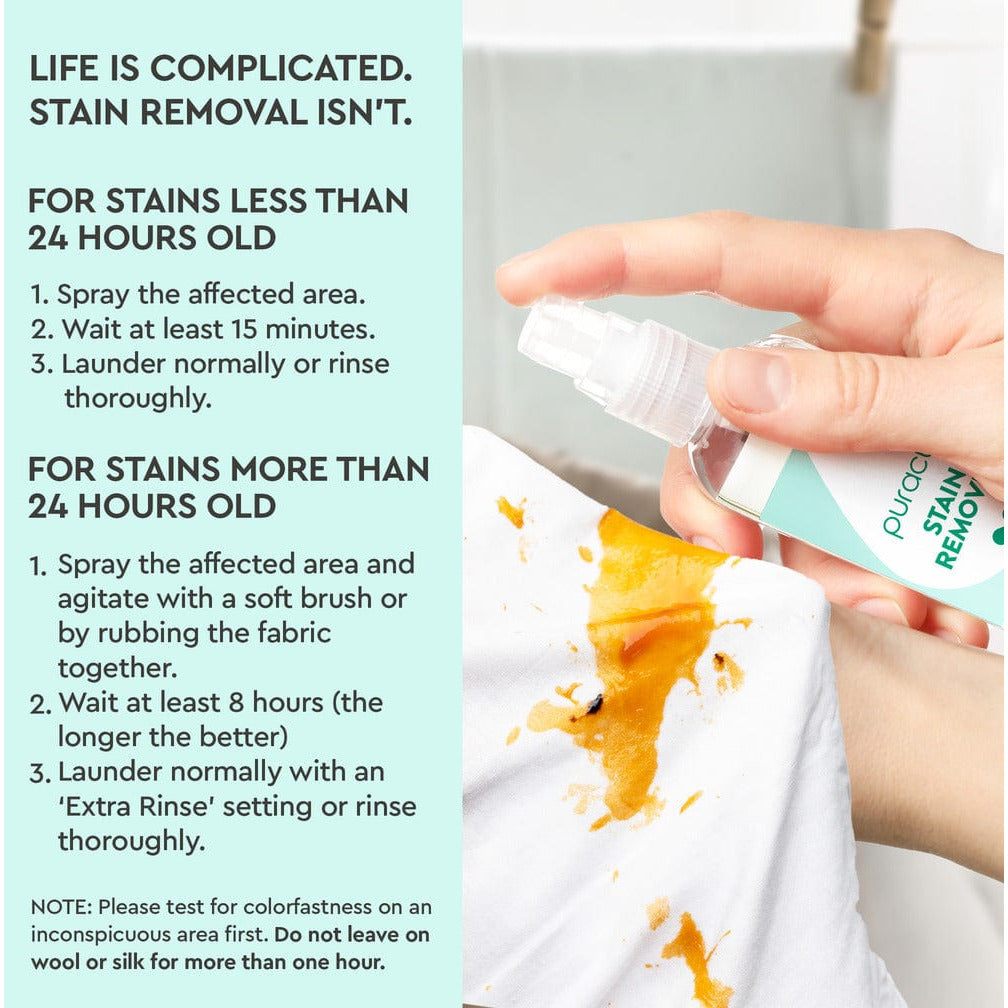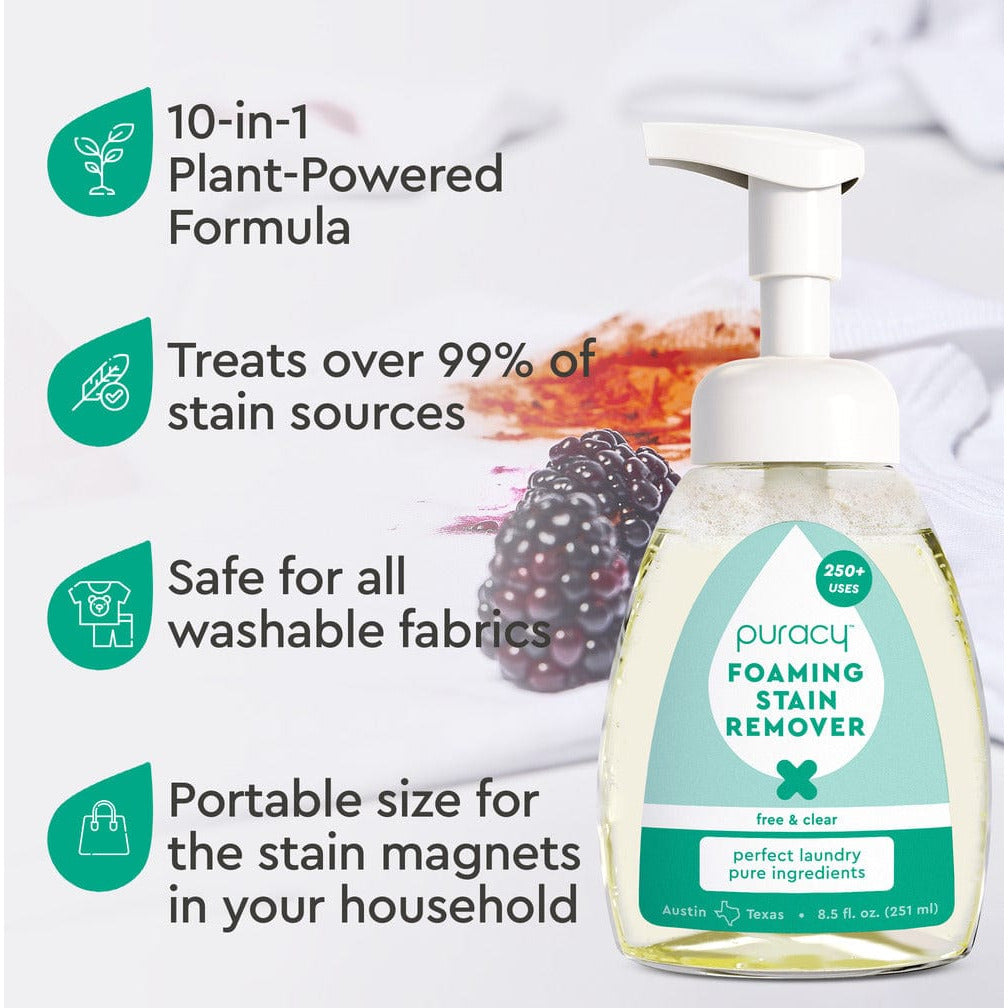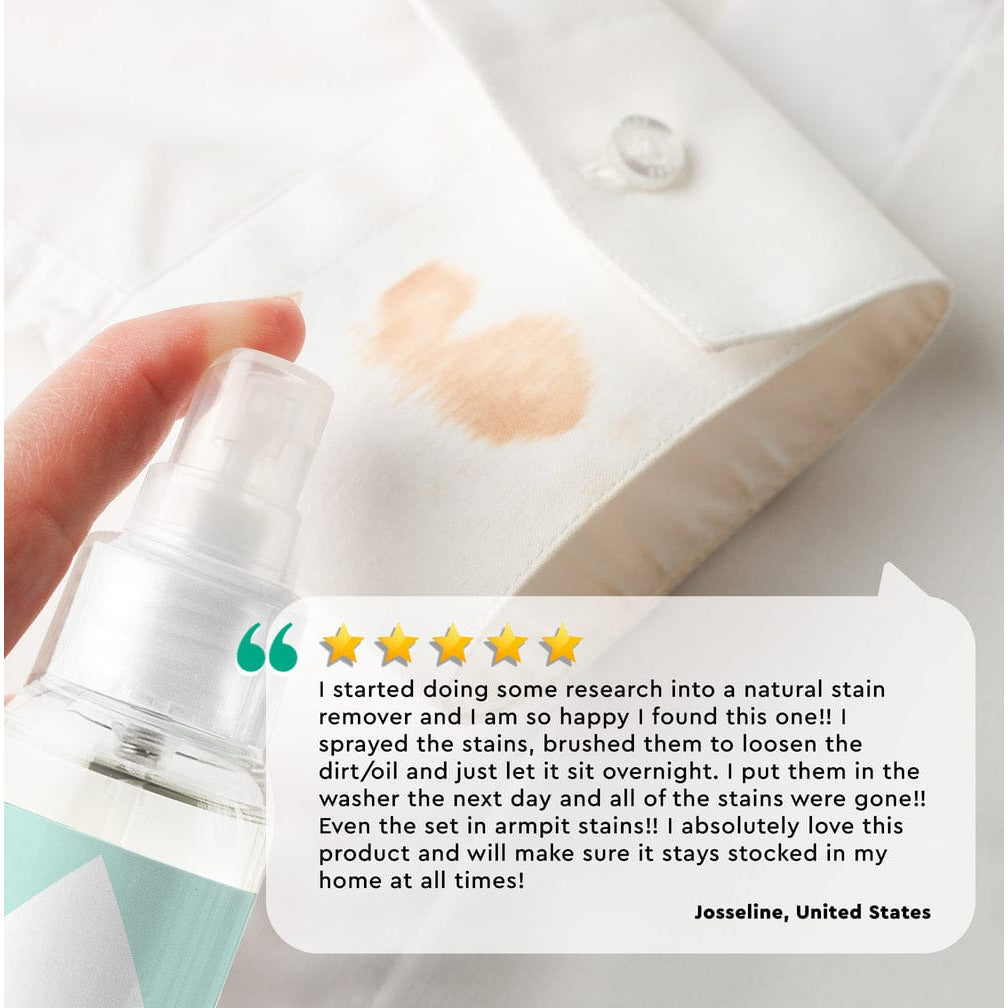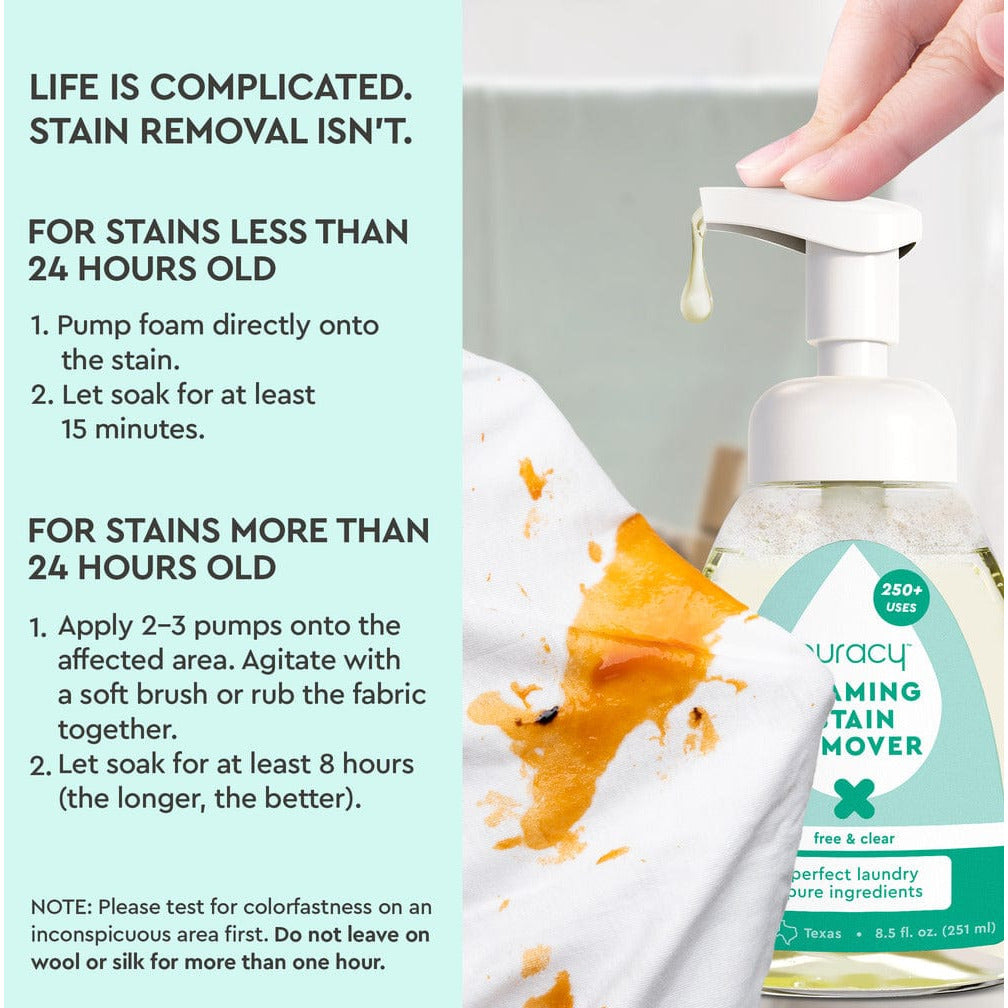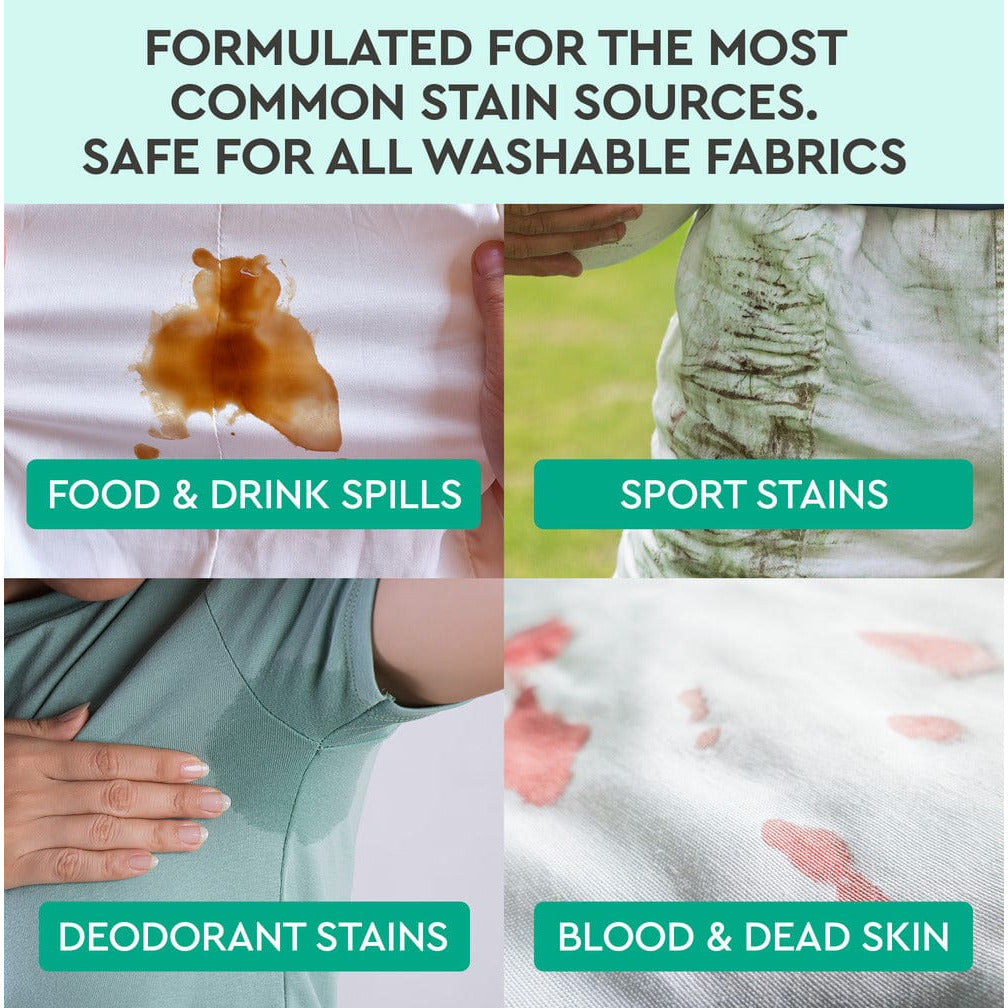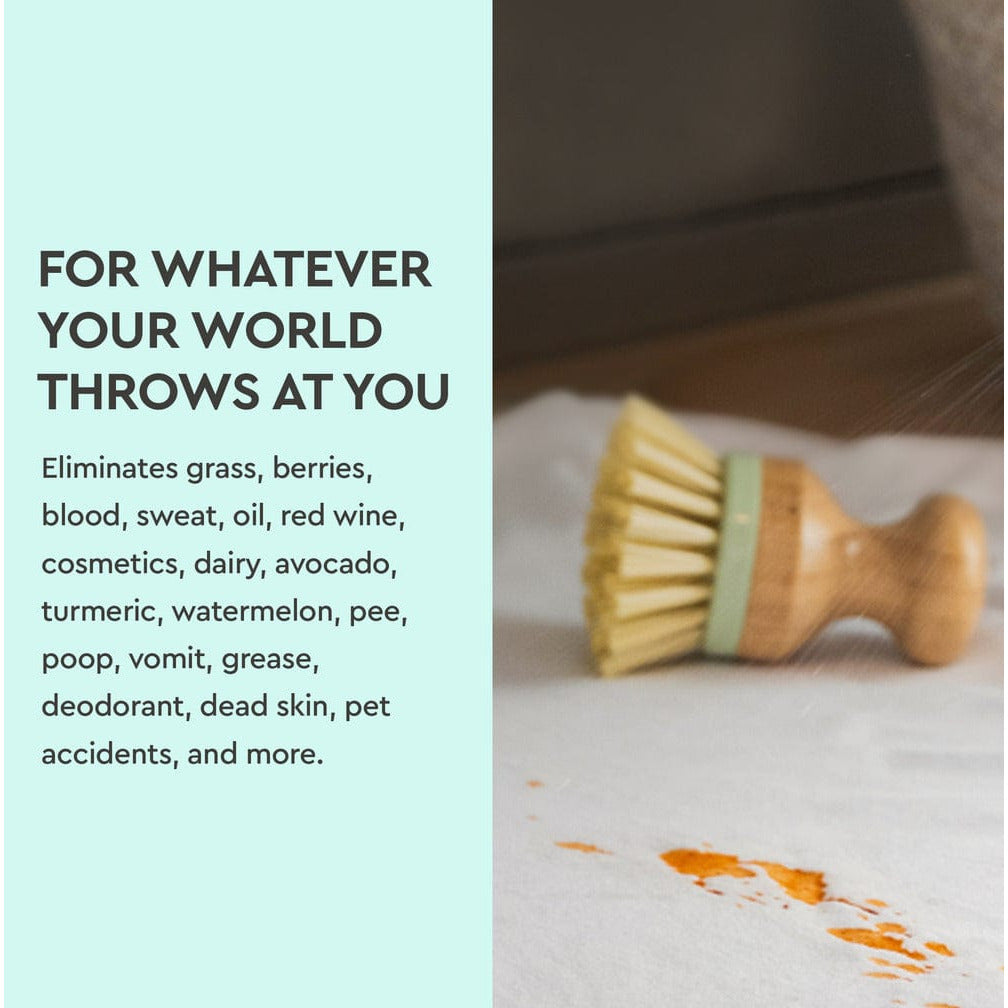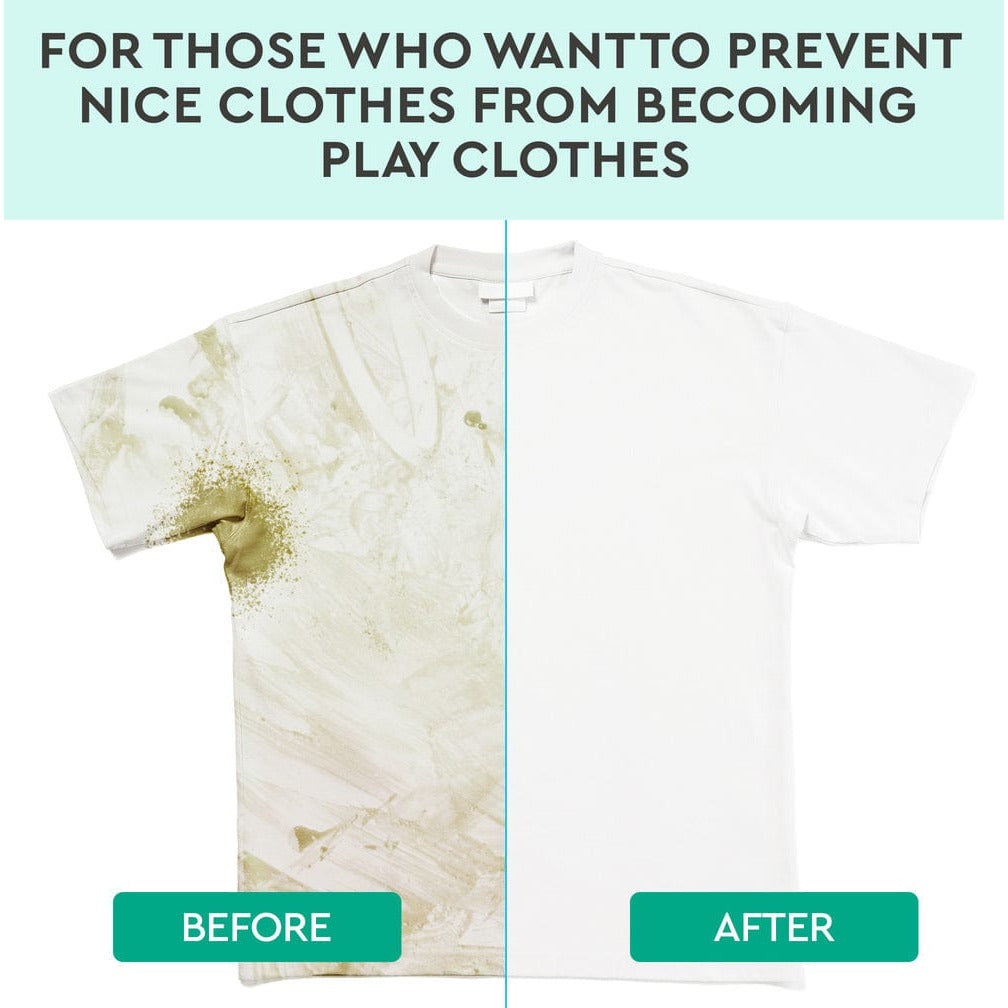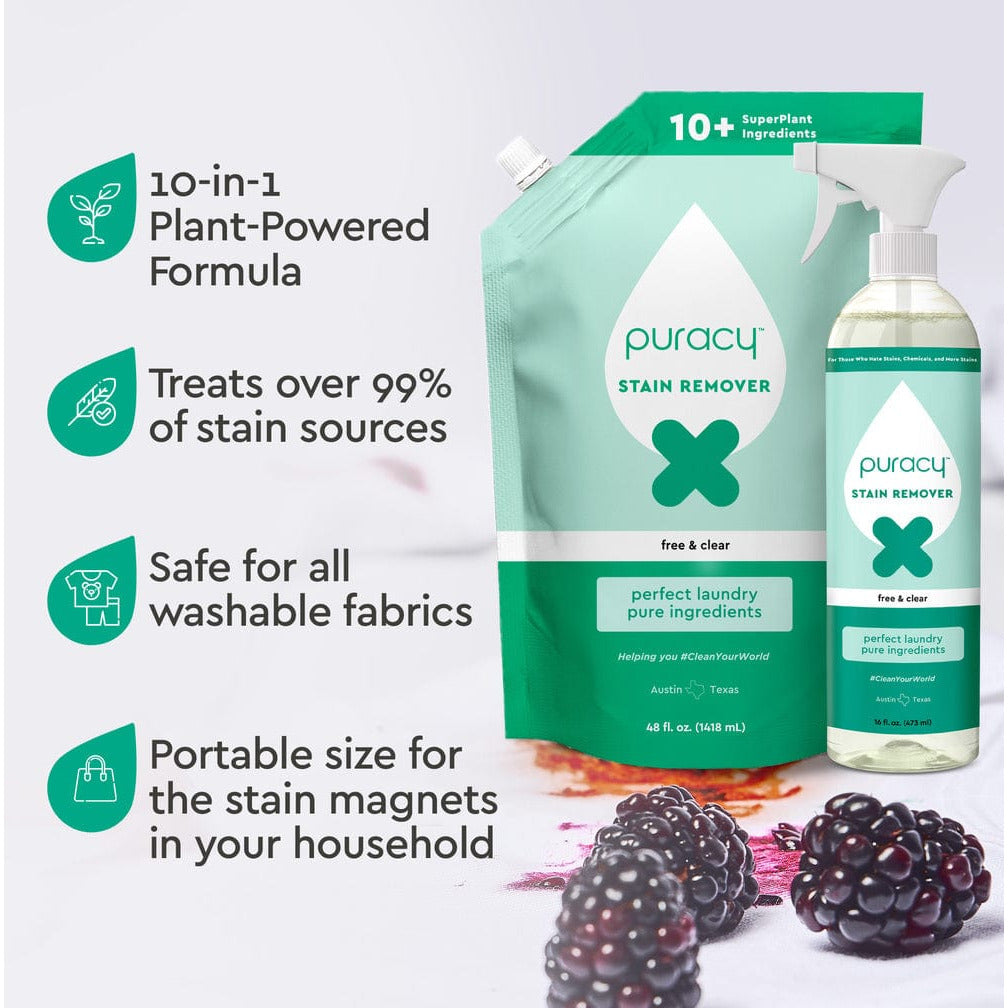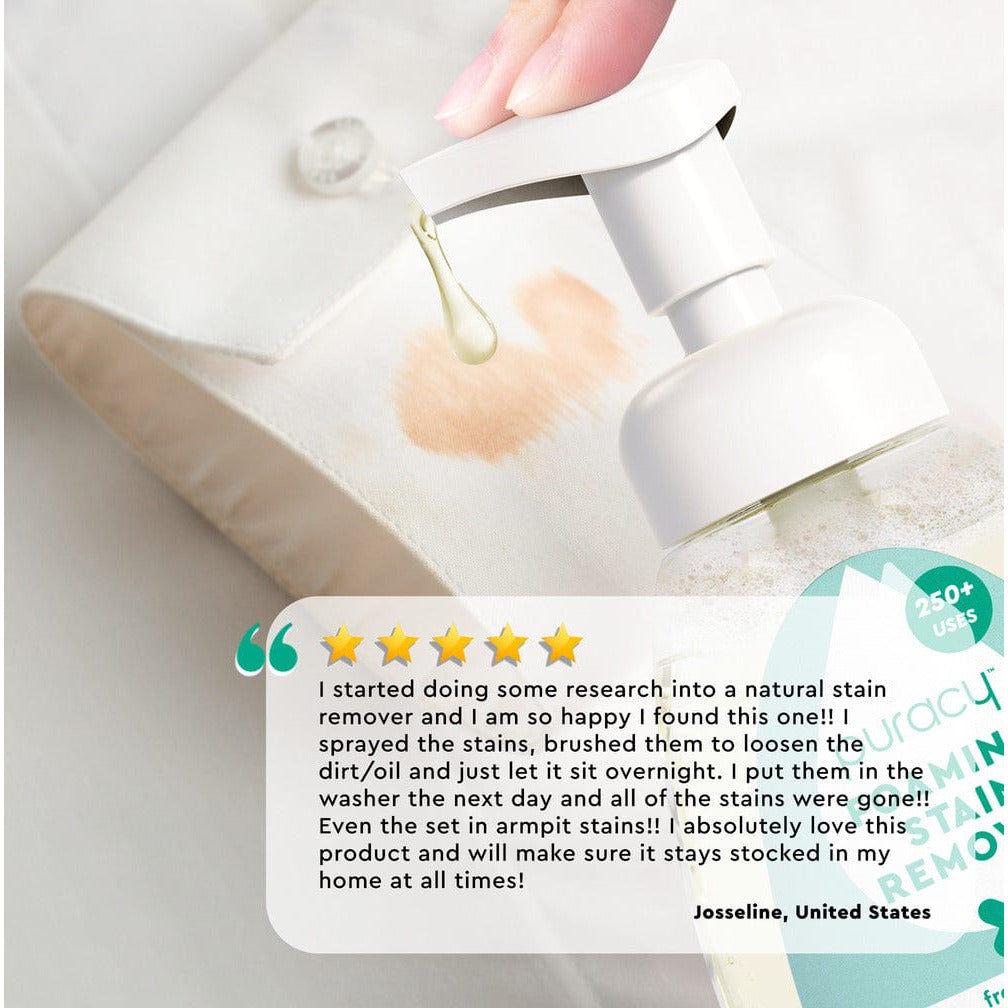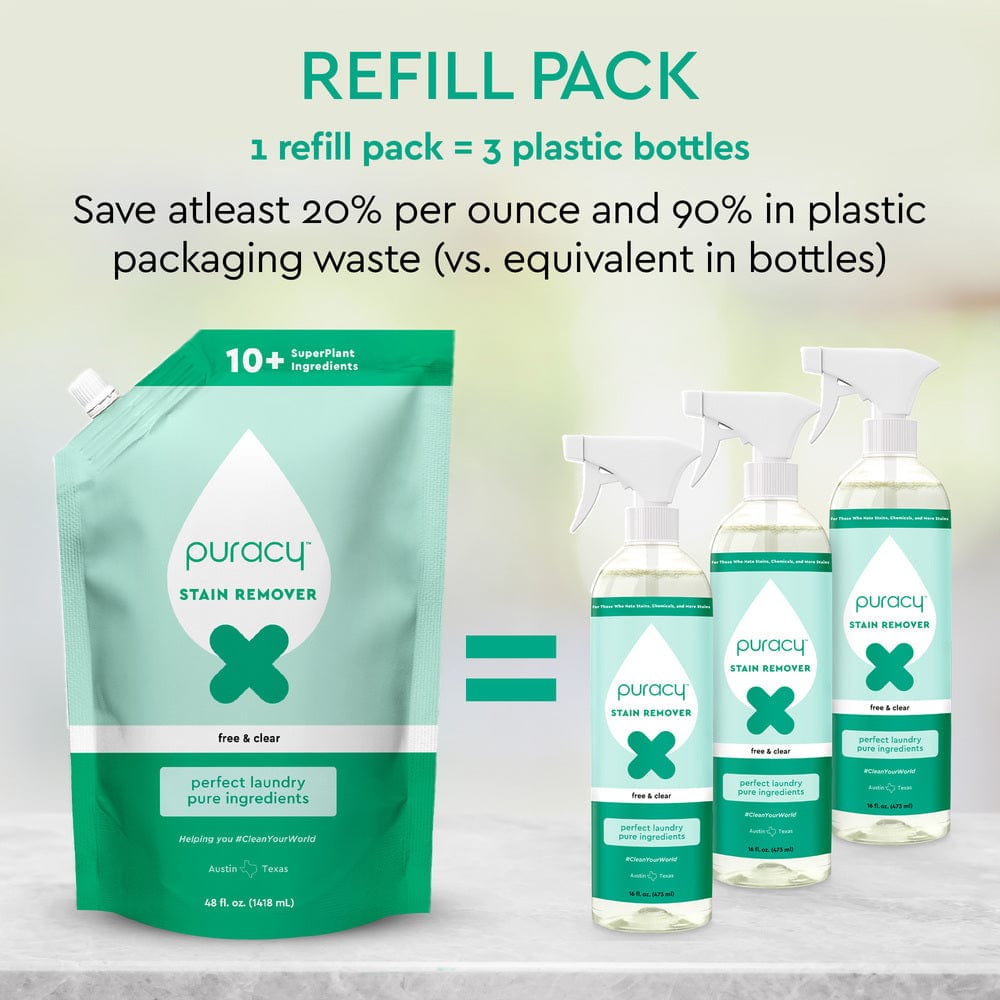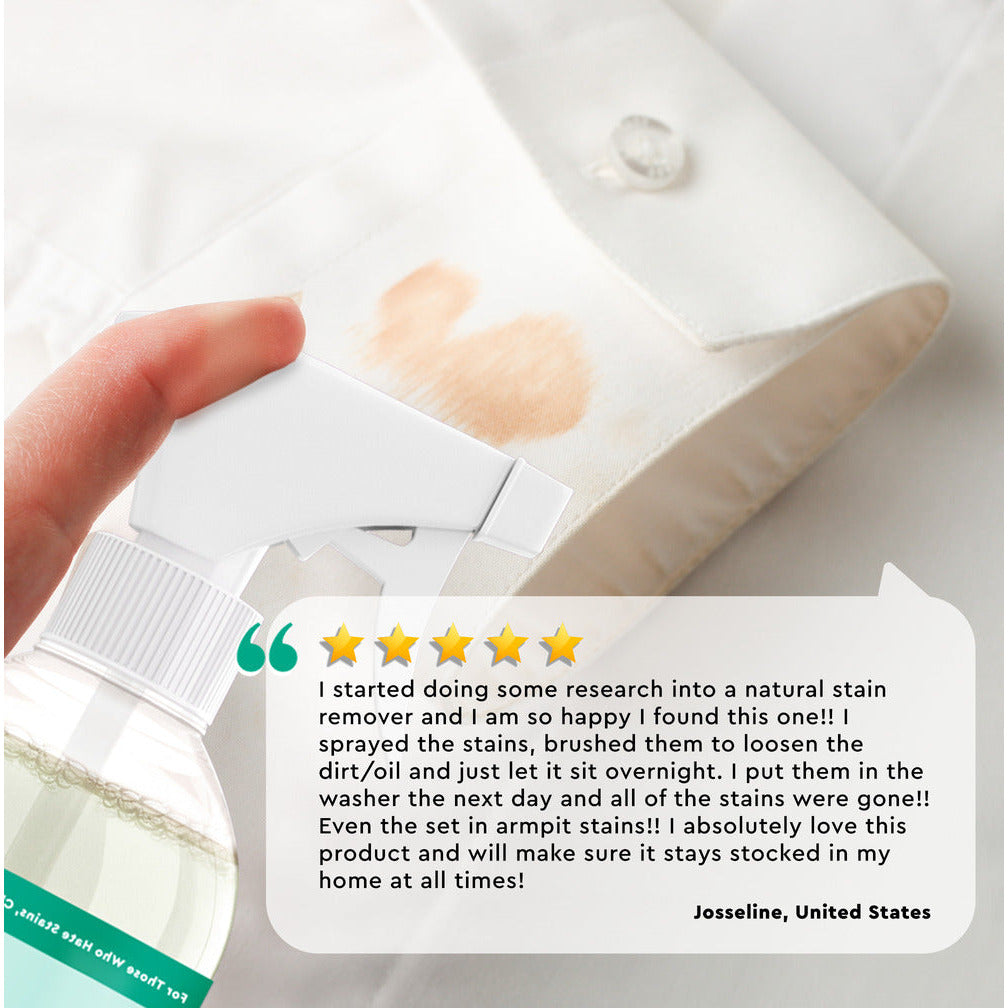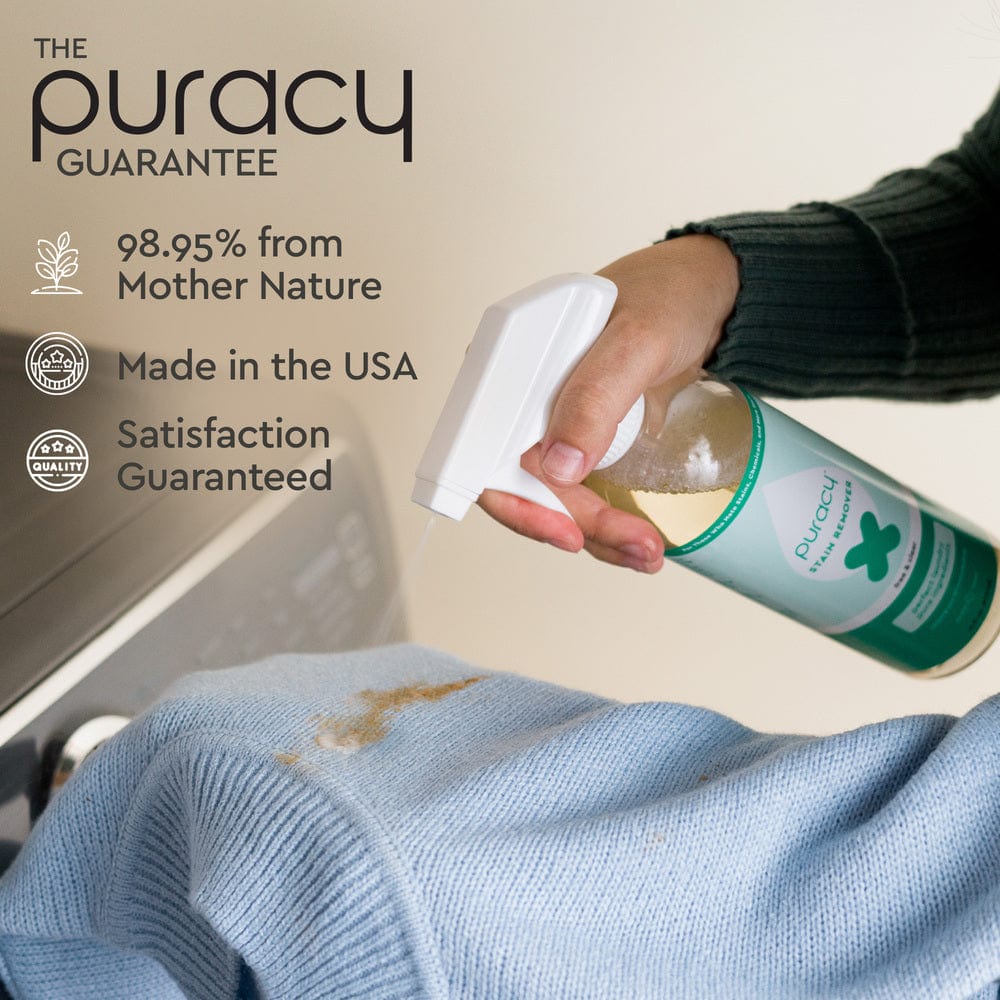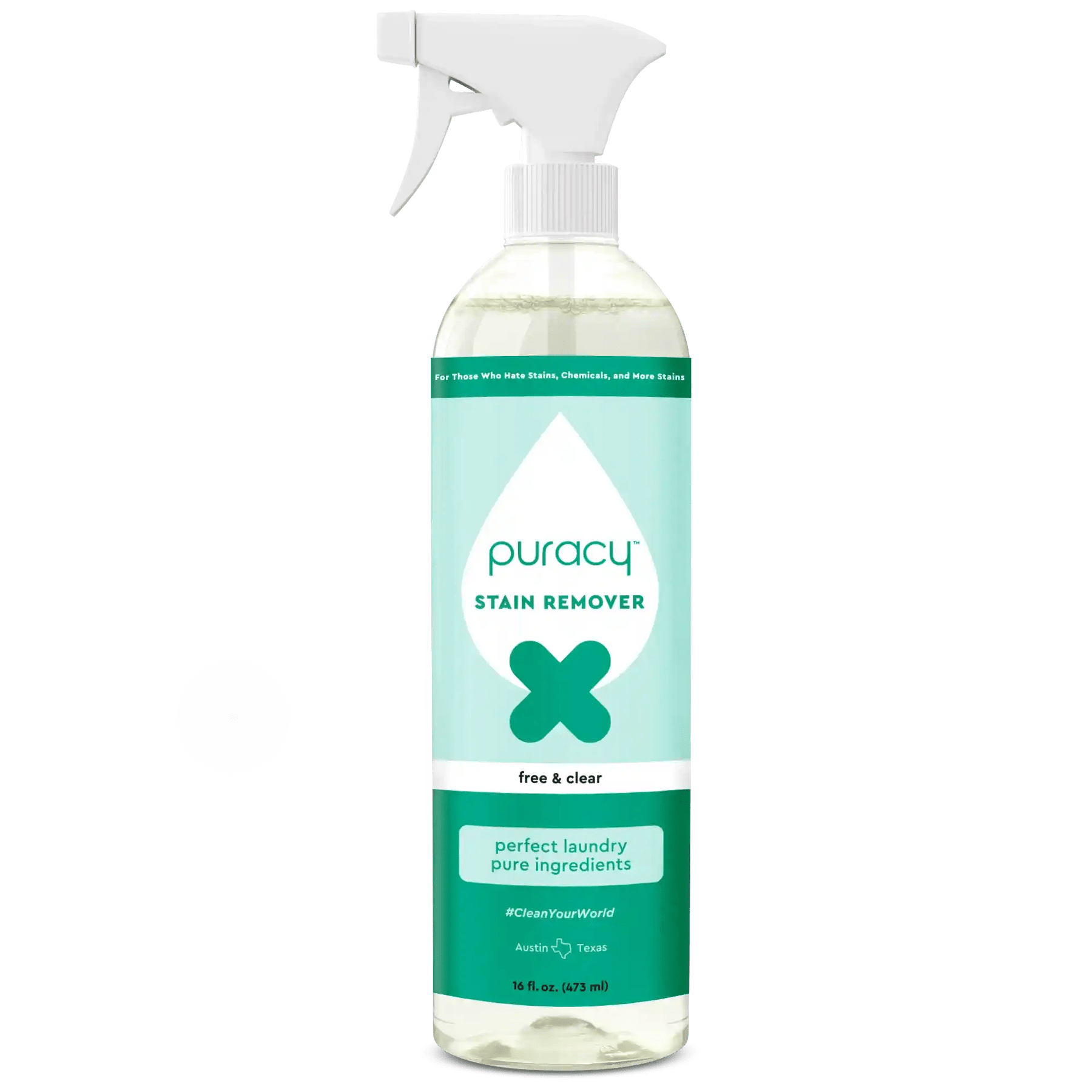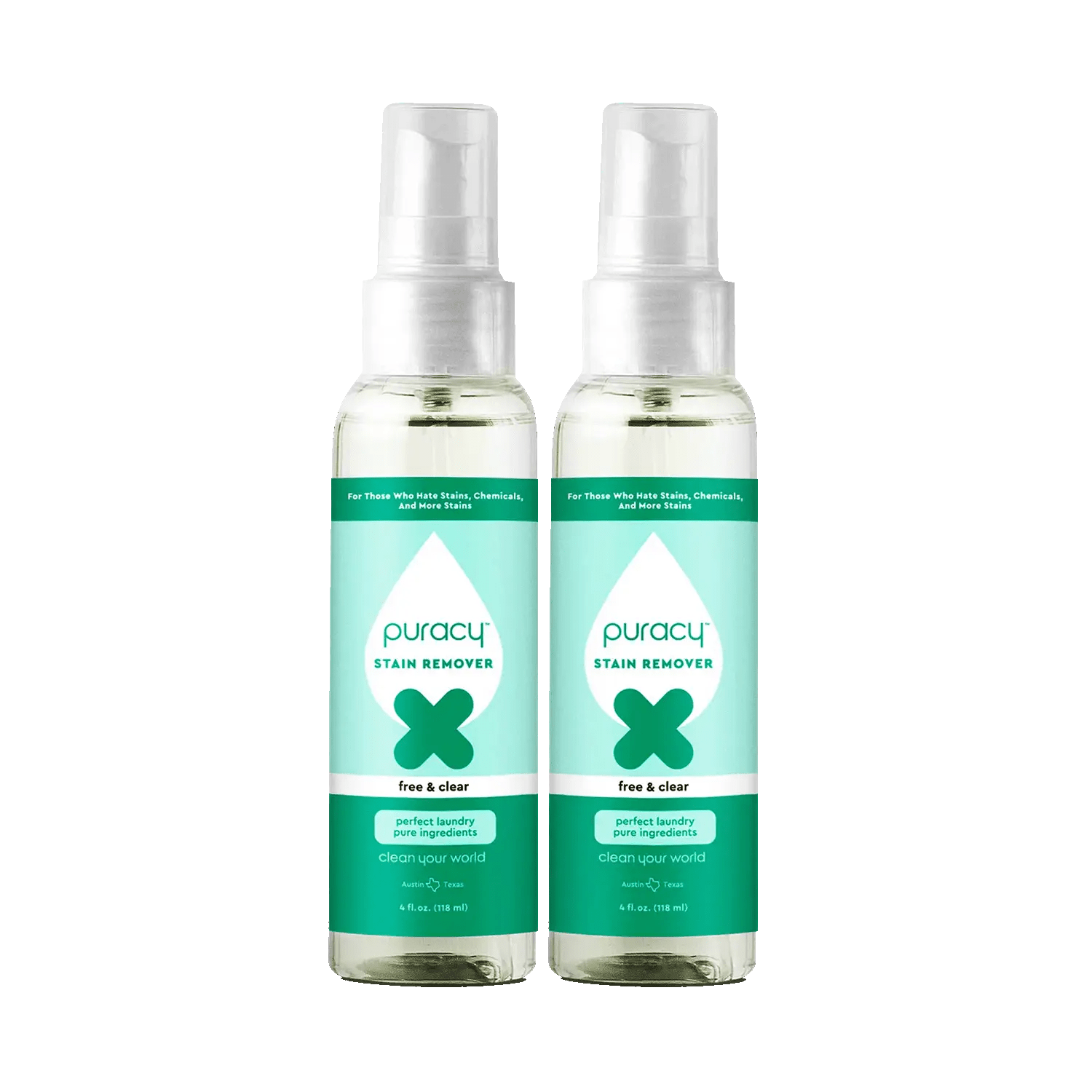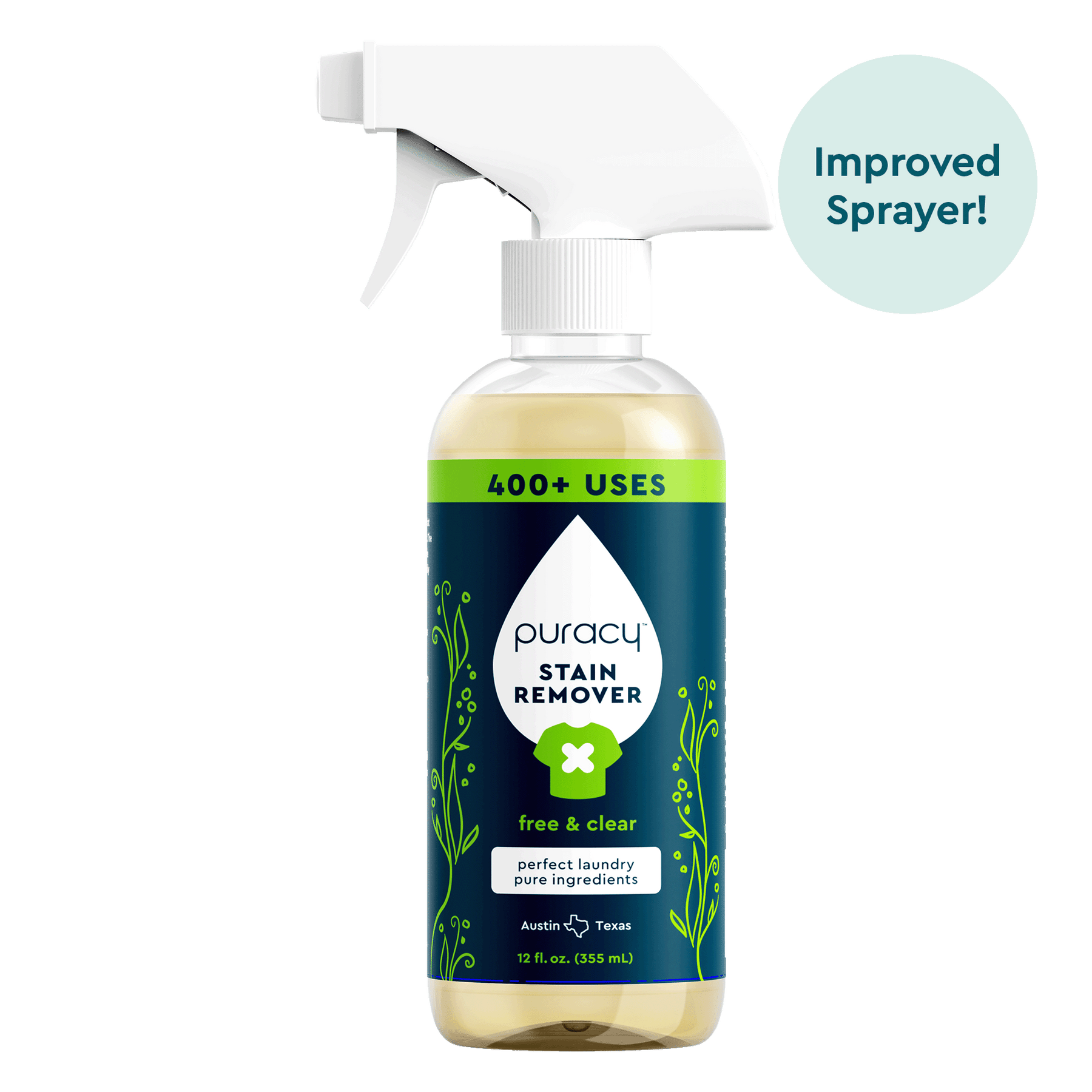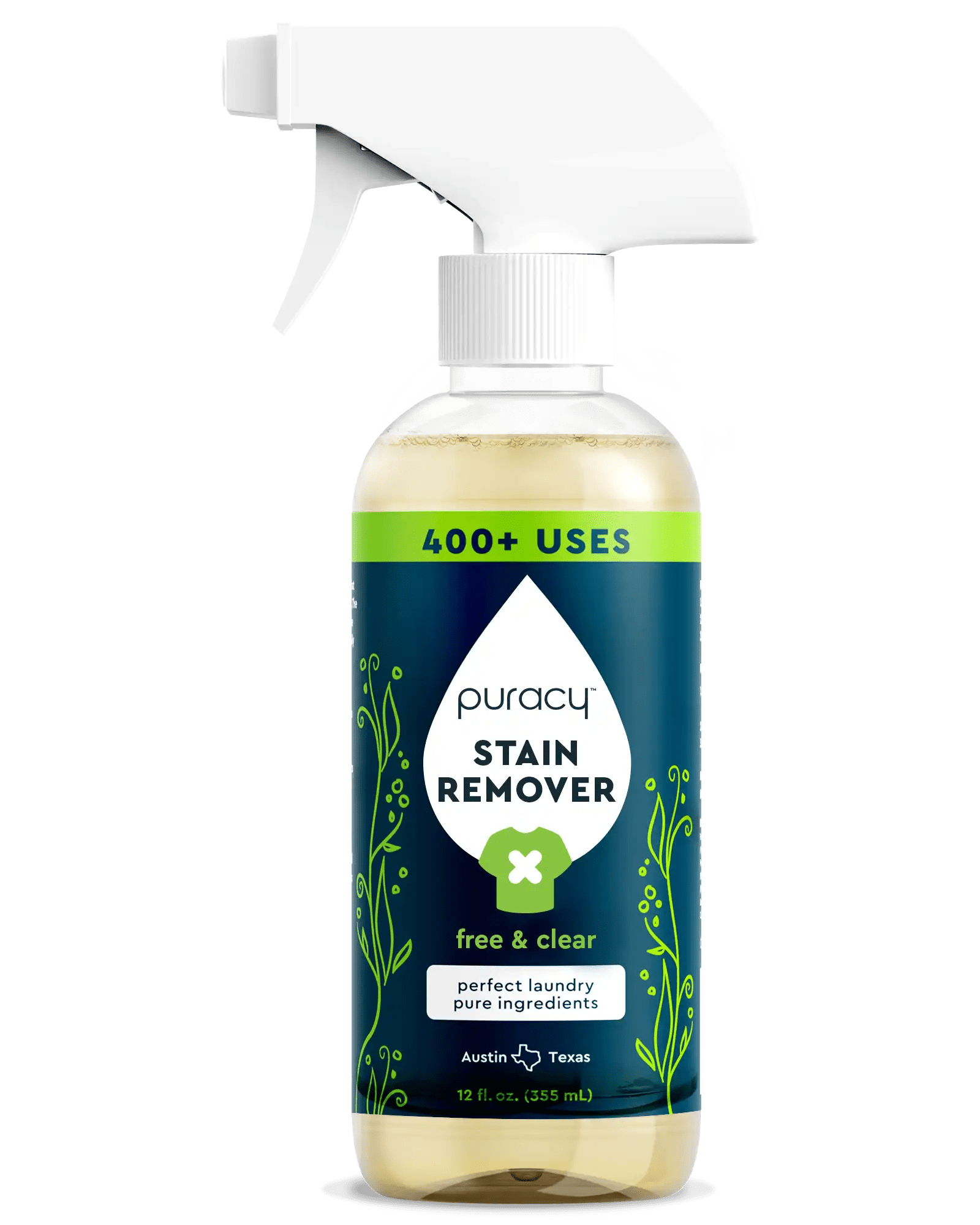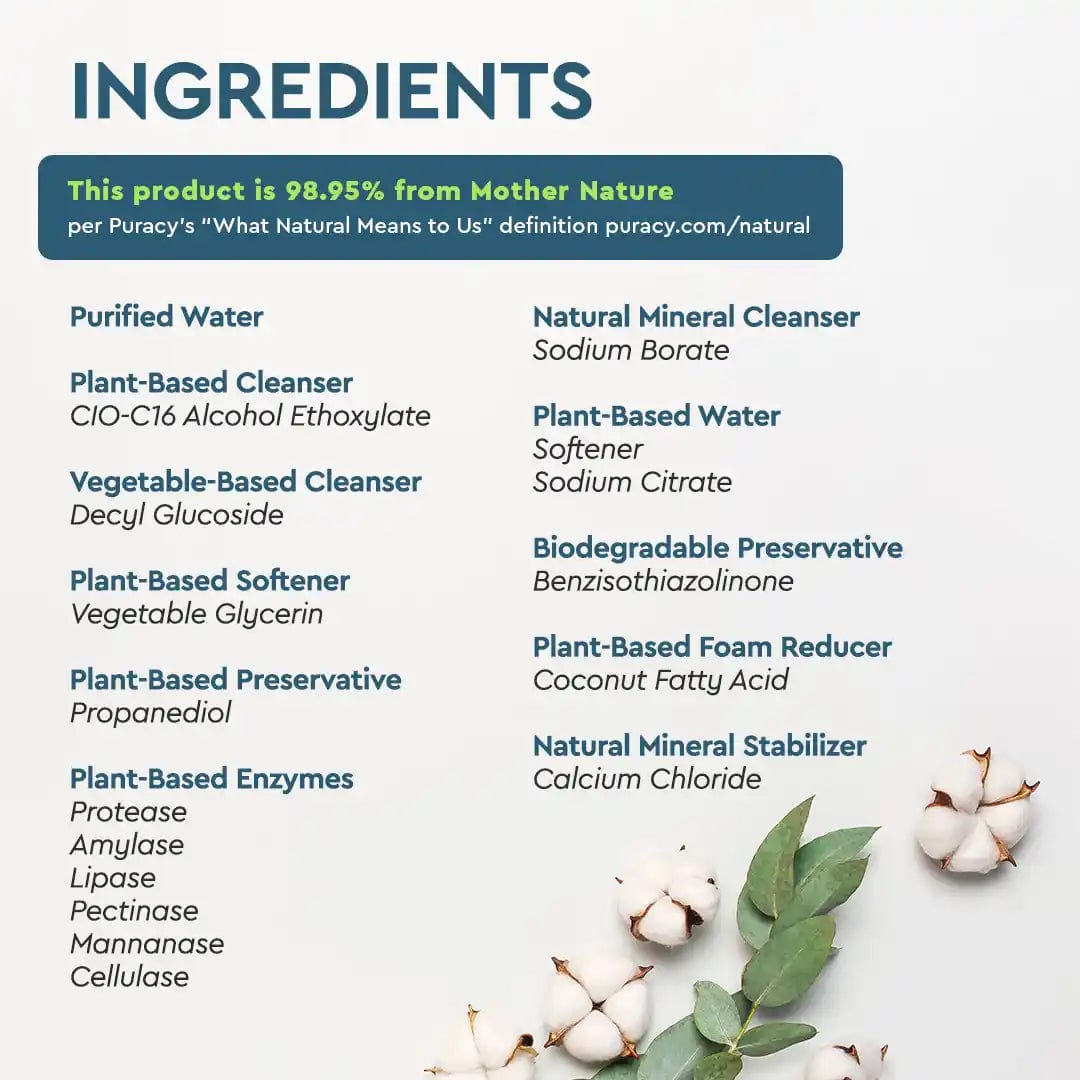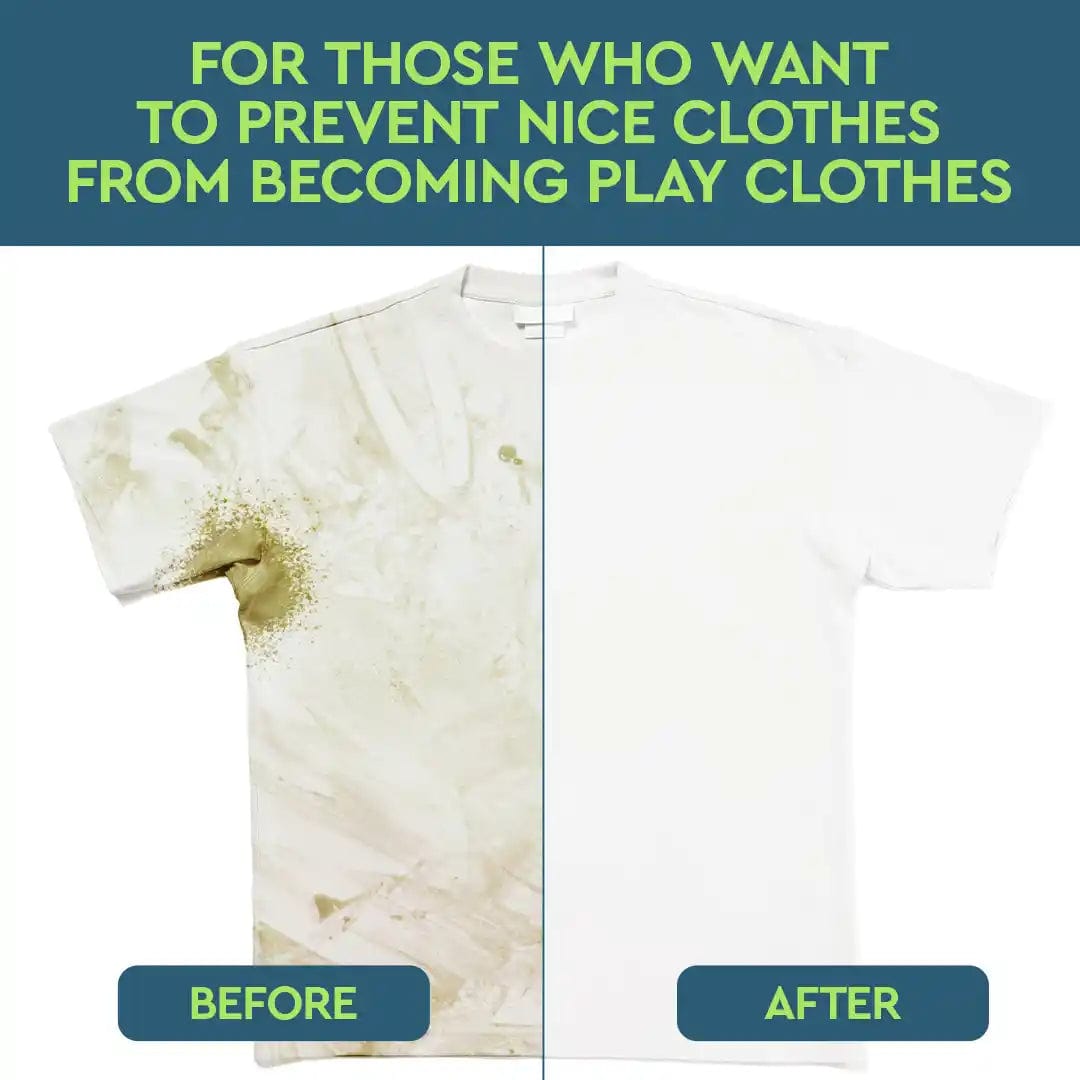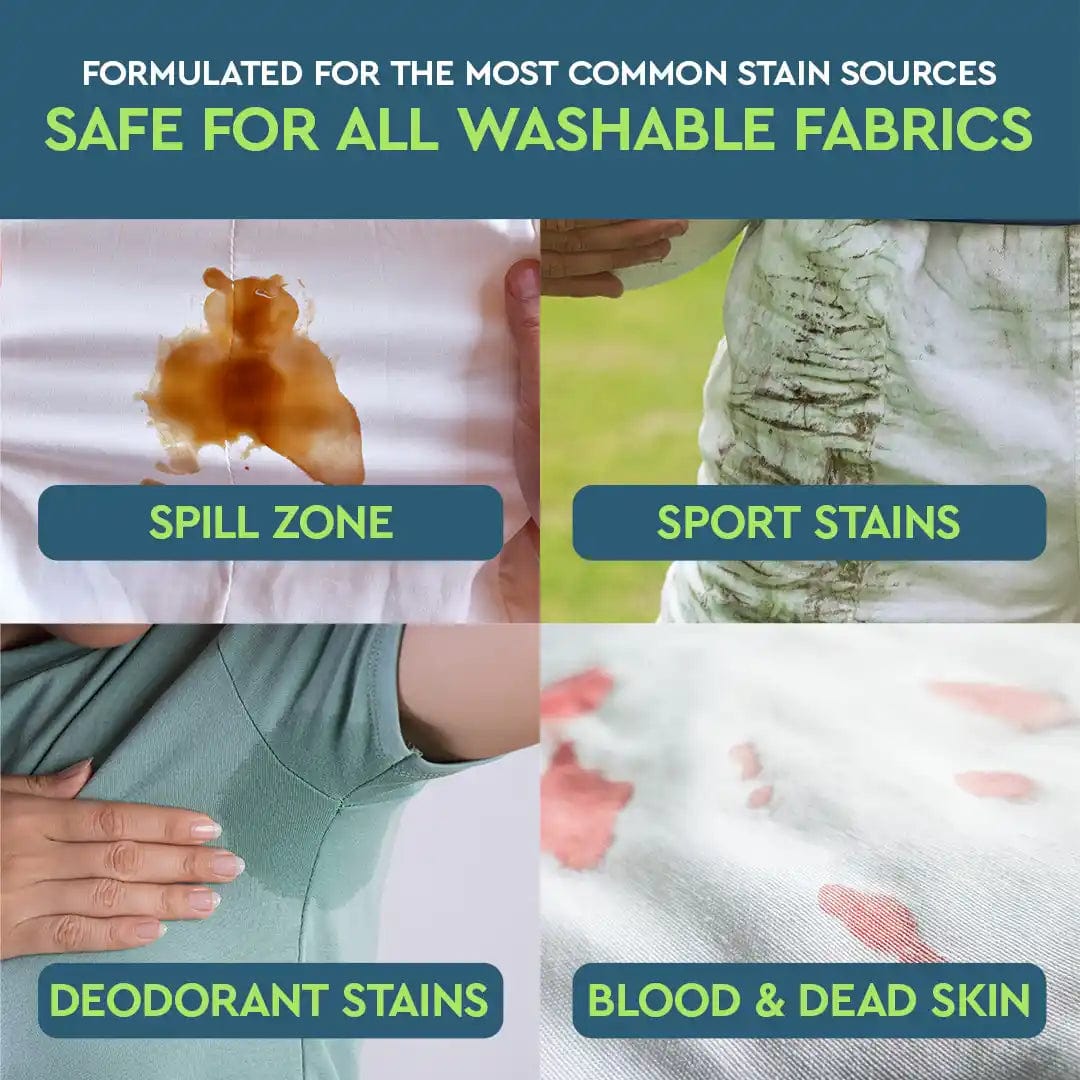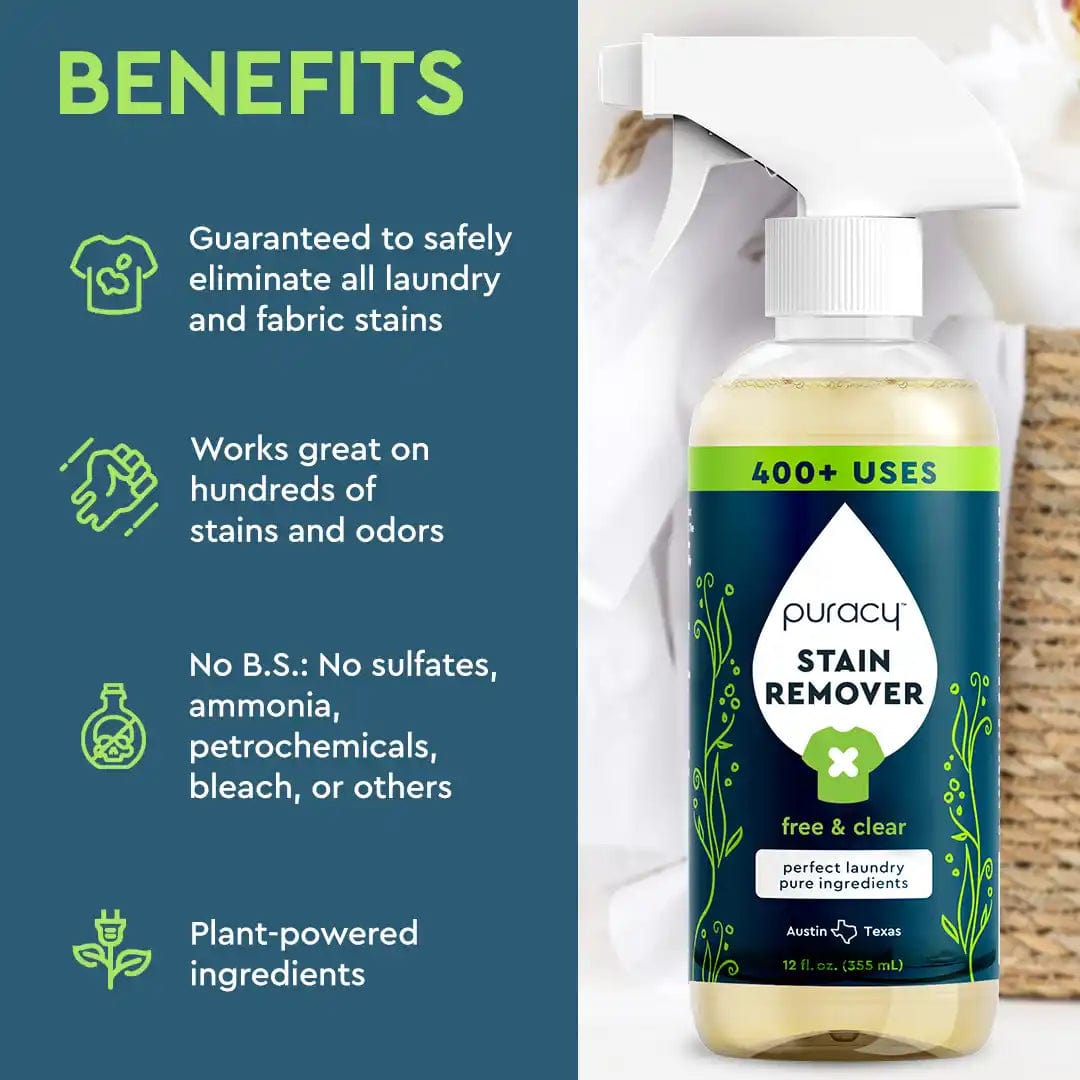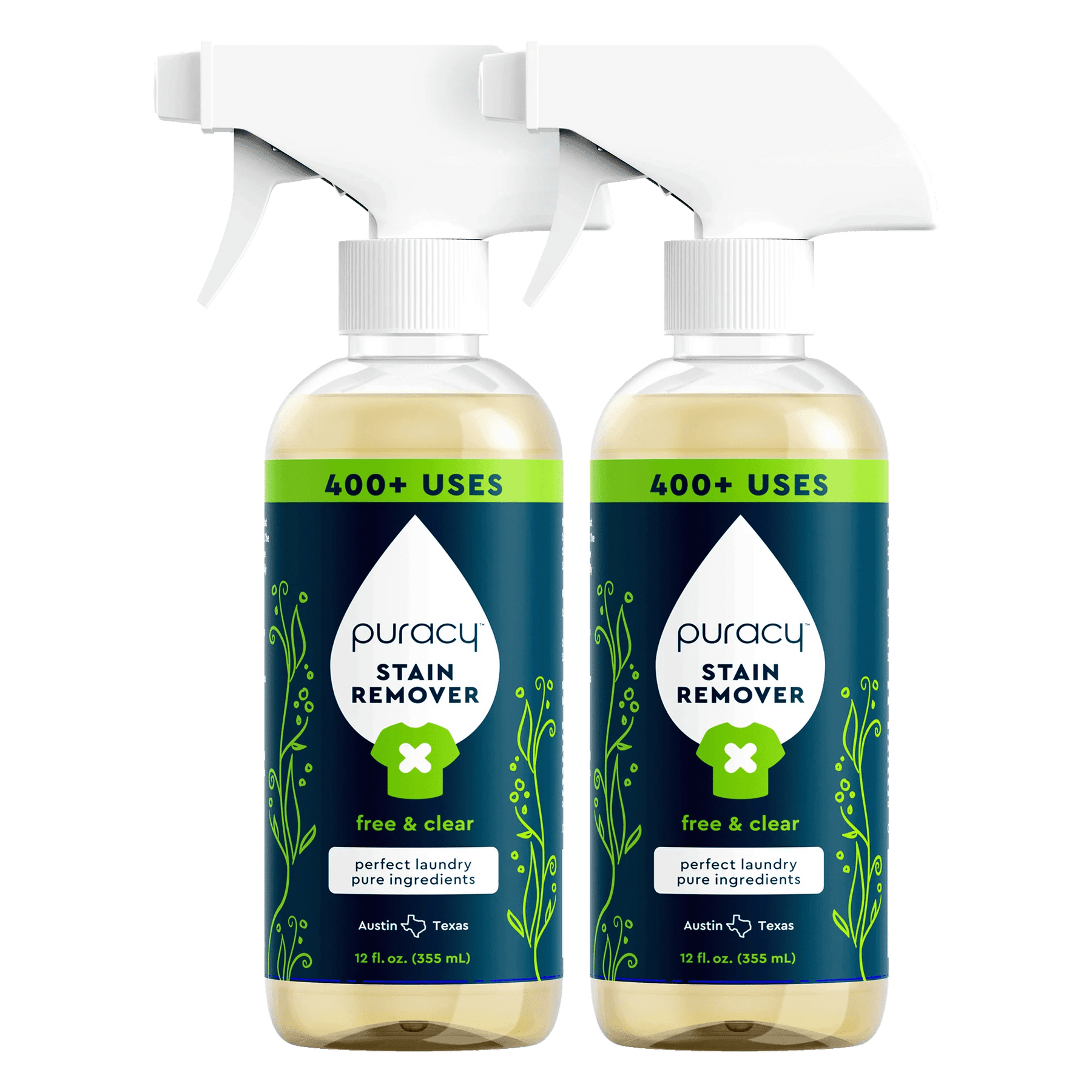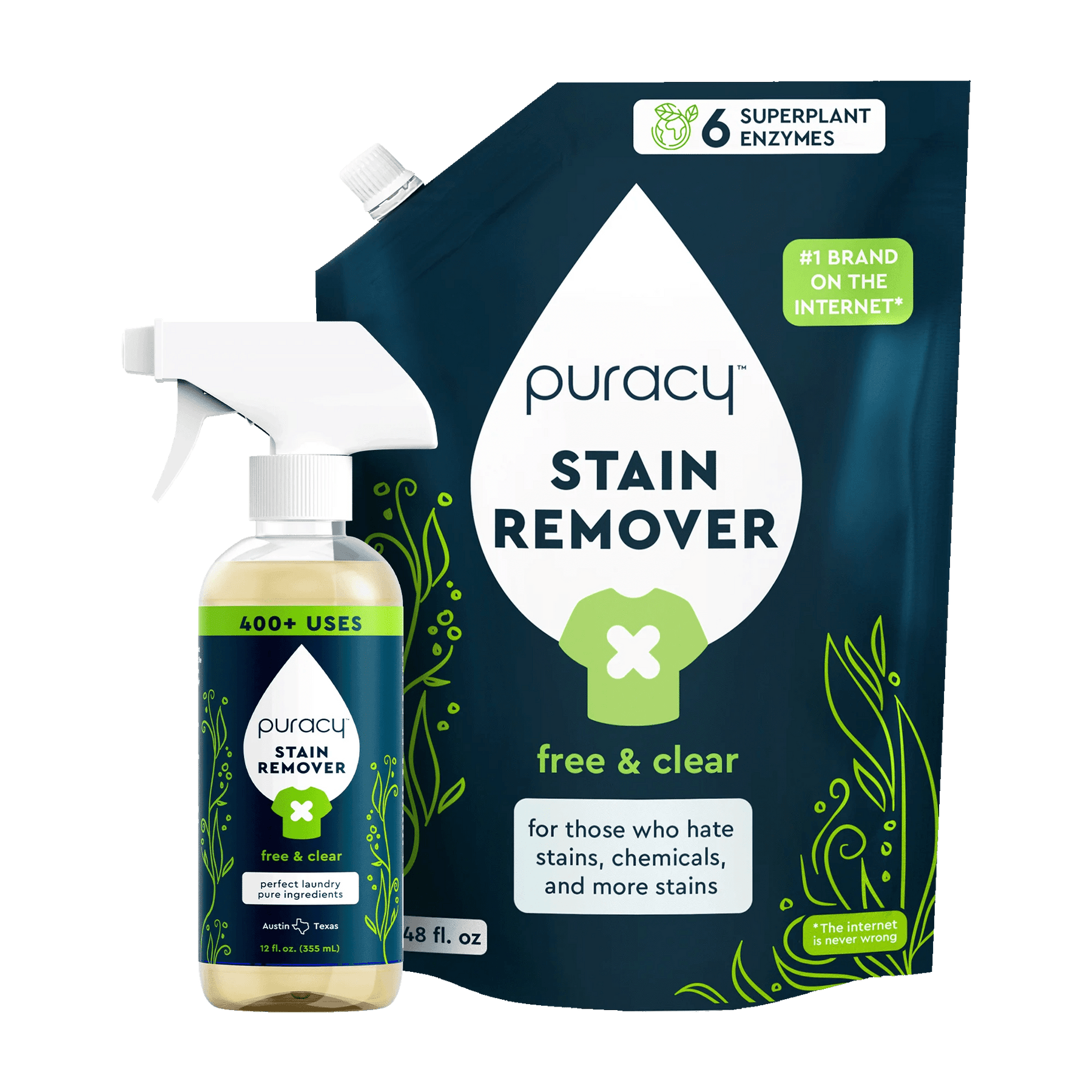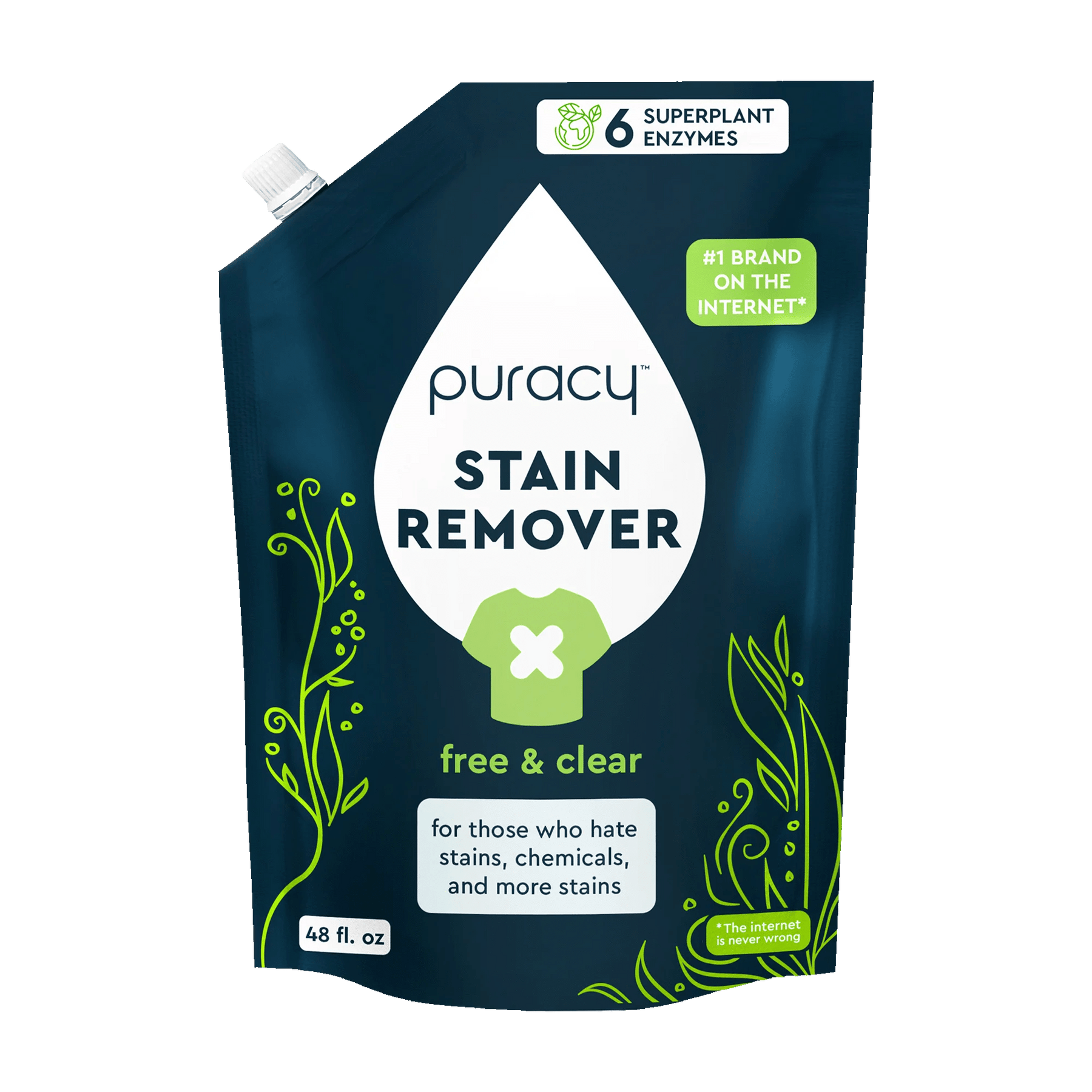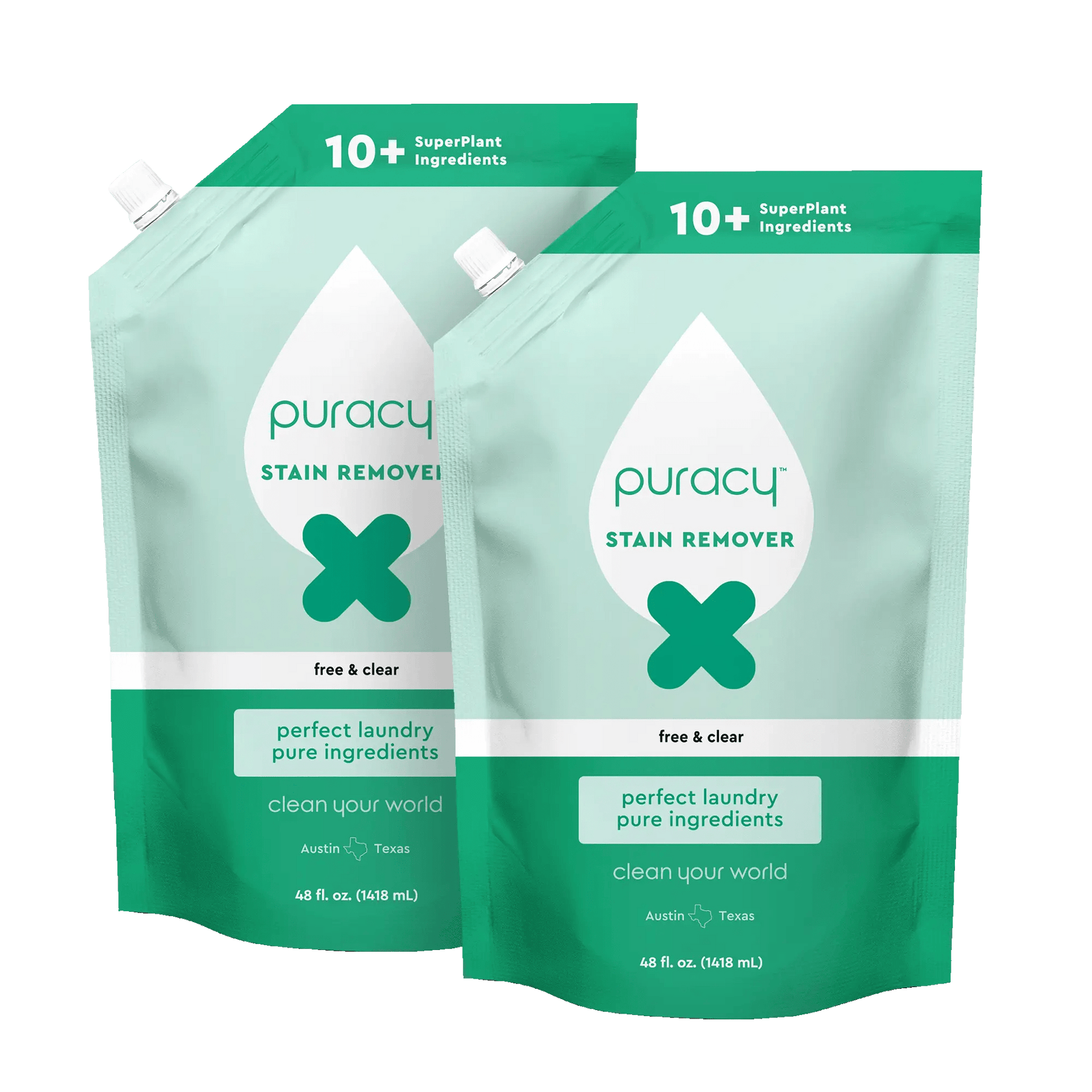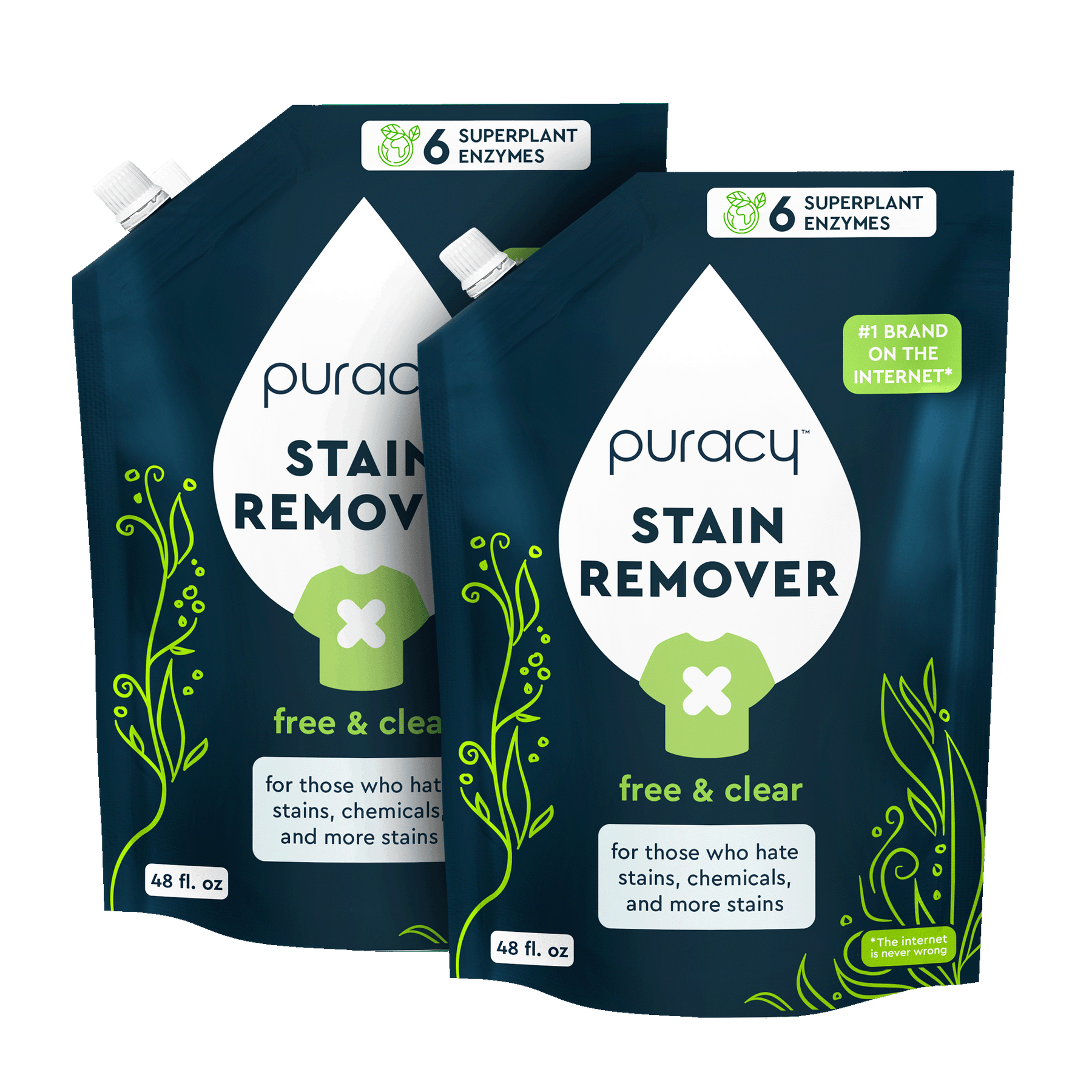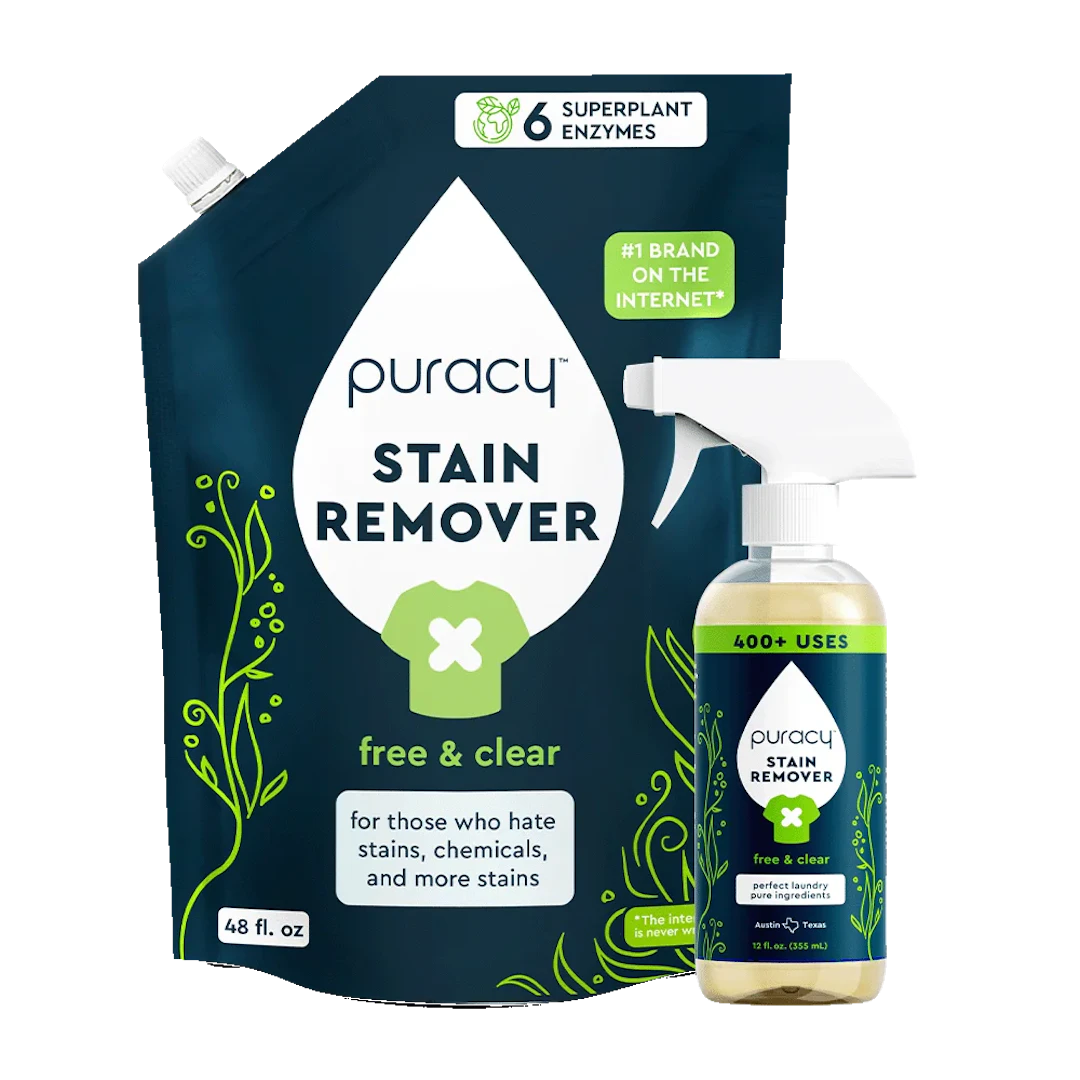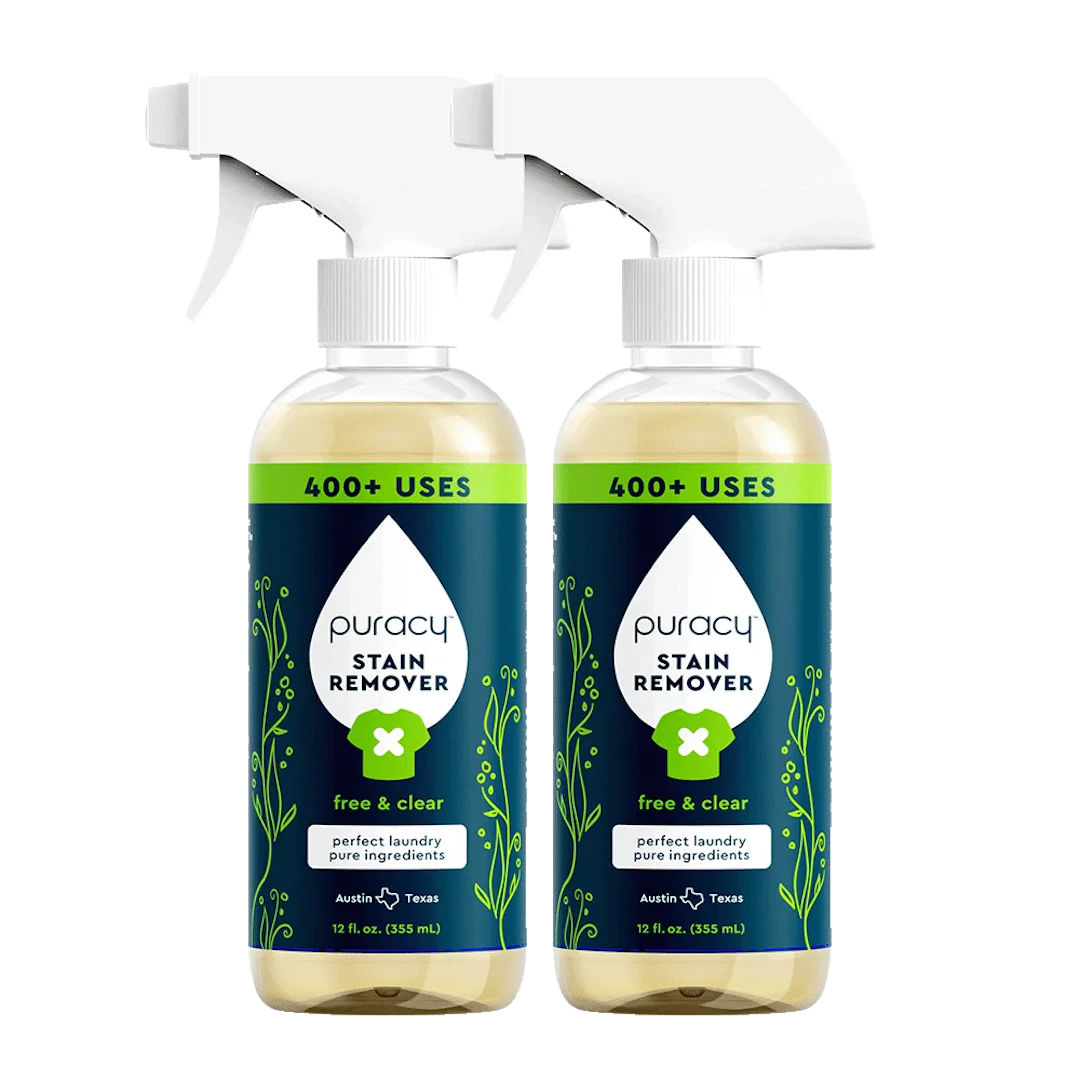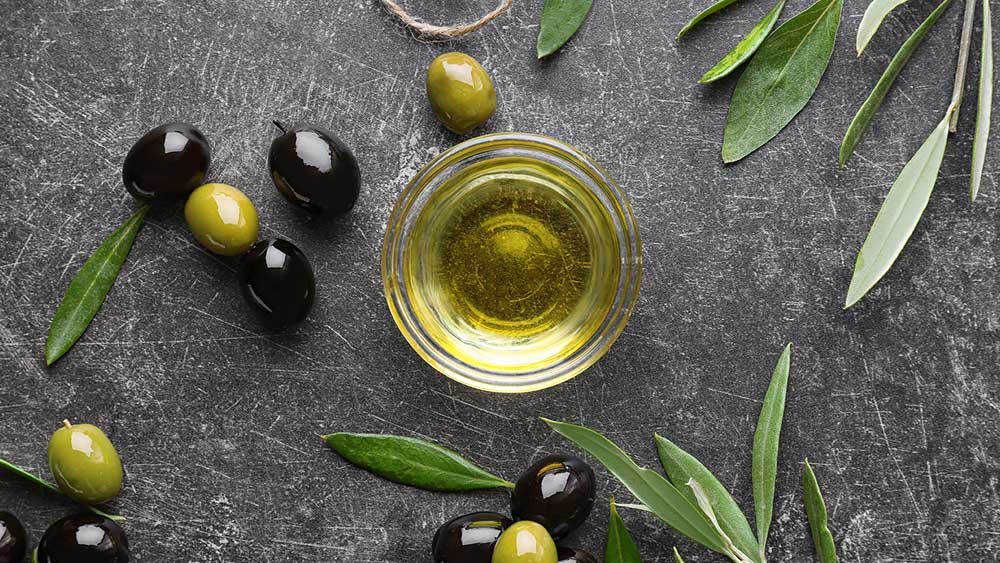- Derived from: coconut
- Pronunciation: (\ˈsō-dē-əm\ lȯr-əl\ ˈsär-kə-sə-ˈnä-t\)
- Type: Naturally-derived
What Is Sodium lauryl sarcosinate?
Sodium lauryl sarcosinate is the salt of lauryl sarcosine.[1] It is a powder or liquid and is derived from coconut.[2] Coconuts grow on the cocos nucifera, or coconut palm tree. Coconut palms grow around the world in lowland tropical and subtropical areas where annual precipitation is low.[3,4] Widely cultivated, healthy coconut palms produce 50 nuts per year, and the tree can be used to produce everything from food and drink to fibers, building materials, and natural ingredients.[5,6]
What Does Sodium lauryl sarcosinate Do in Our products?
Sodium lauryl sarcosinate is a surfactant that allows water and oil to mix, allowing things to become clean. It also acts as a conditioning agent.[7] It can be found in hundreds of personal care products such as shampoo, shaving cream, facial cleanser, soap, makeup, and other products.[8,9]
Why Puracy Uses Sodium lauryl sarcosinate
We use sodium lauryl sarcosinate as a surfactant and cleanser. The Cosmetics Ingredient Review has deemed the ingredient safe for use in cosmetic products when formulated to be nonirritating.[13] Research shows the ingredient is typically not a skin irritant or sensitizer and can enhance the penetration of other ingredients through the skin.[14,15,16,17,18]
How Sodium lauryl sarcosinate Is Made
Sodium lauryl sarcosinate is made with coconut acid and sarcosine, which is a breakdown product of creatine or caffeine.[10] Creatine is a natural amino acid found in muscle and body tissue.[11] Commercially, the ingredient is made in the presence of sodium hydroxide; it is then purified by recrystallizing it from alcohol or by acidifying it with mineral acid, separating the free acid, and neutralizing the free acid.[12]
Certifications

Sources
[1] Cosmeticsinfo.org
[2] U.S. National Library of Medicine
[3] Pennsylvania State University
[4] Cosmeticsinfo.org
[5] University of Hawaii at Manoa College of Tropical Agriculture & Human Resources
[6] U.S. National Plant Germplasm System
[7] Cosmeticsinfo.org
[8] Cosmeticsinfo.org
[9] Cosmeticsinfo.org
[10] Personal Care Council
[11 Personal Care Council
[12] Personal Care Council
[13] Lanigan, R.S., “Sarcosine, Myristoyl Sarcosine, Oleoyl Sarcosine, Stearoyl Sarcosine, Sodium Cocoyl Sarcosinate, Sodium Lauroyl Sarcosinate, Sodium Myristoyl Sarcosinate, Ammonium Cocoyl Sarcosinate, and Ammonium Lauroyl Sarcosinate.” International Journal of Toxicology. 2001;20 Suppl 1:1-14
[14] Andersen F.A. (ed). “Final Report on the Safety Assessment of Cocoyl Sarcosine, Lauroyl Sarcosine, Myristoyl Sarcosine, Oleoyl Sarcosine, Stearoyl Sarcosine, Sodium Cocoyl Sarcosinate, Sodium Lauroyl Sarcosinate, Sodium Myristoyl Sarcosinate, Ammonium Cocoyl Sarcosinate, and Ammonium Lauroyl Sarcosinate.” International Journal of Toxicology. 2001;20(Suppl 3):1- 14
[15] European Chemicals Agency (ECHA). Sodium N-lauroylsarcosinate (CAS No. 137-16-6)
[16] European Chemicals Agency (ECHA). N-lauroylsarcosine (CAS No. 97-78-9)
[17] European Chemicals Agency (ECHA). (Z)-N-methyl-N-(1-oxo-9-octadecenyl)glycine (CAS No. 110-25-8; Oleoyl Sarcosine)
[18] Zemtsov, A. and Fett, D. “Occupational allergic contact dermatitis to sodium lauroyl sarcosinate in the liquid soap.” Contact Dermatitis. 2005;52(3):166-167. PM:15811039

